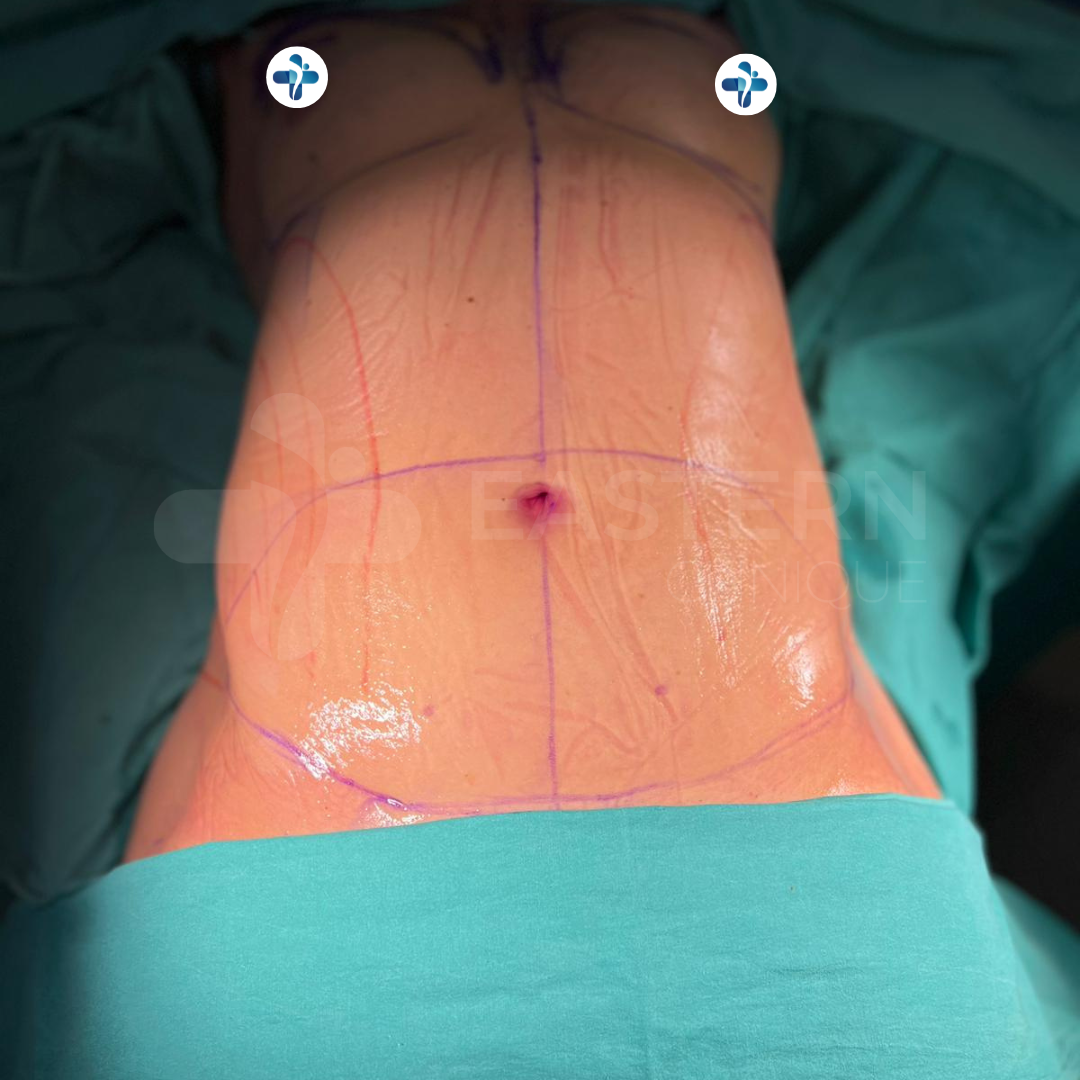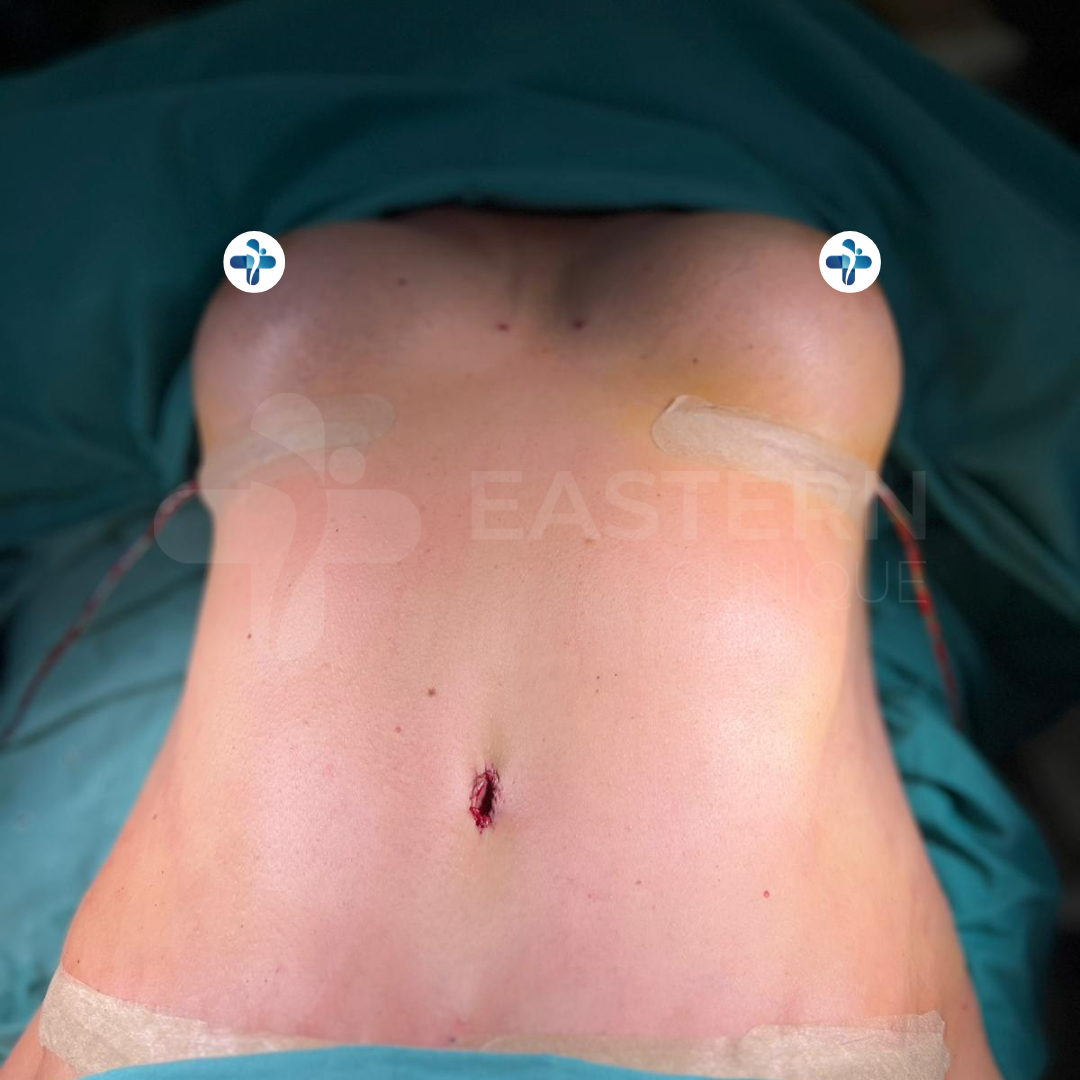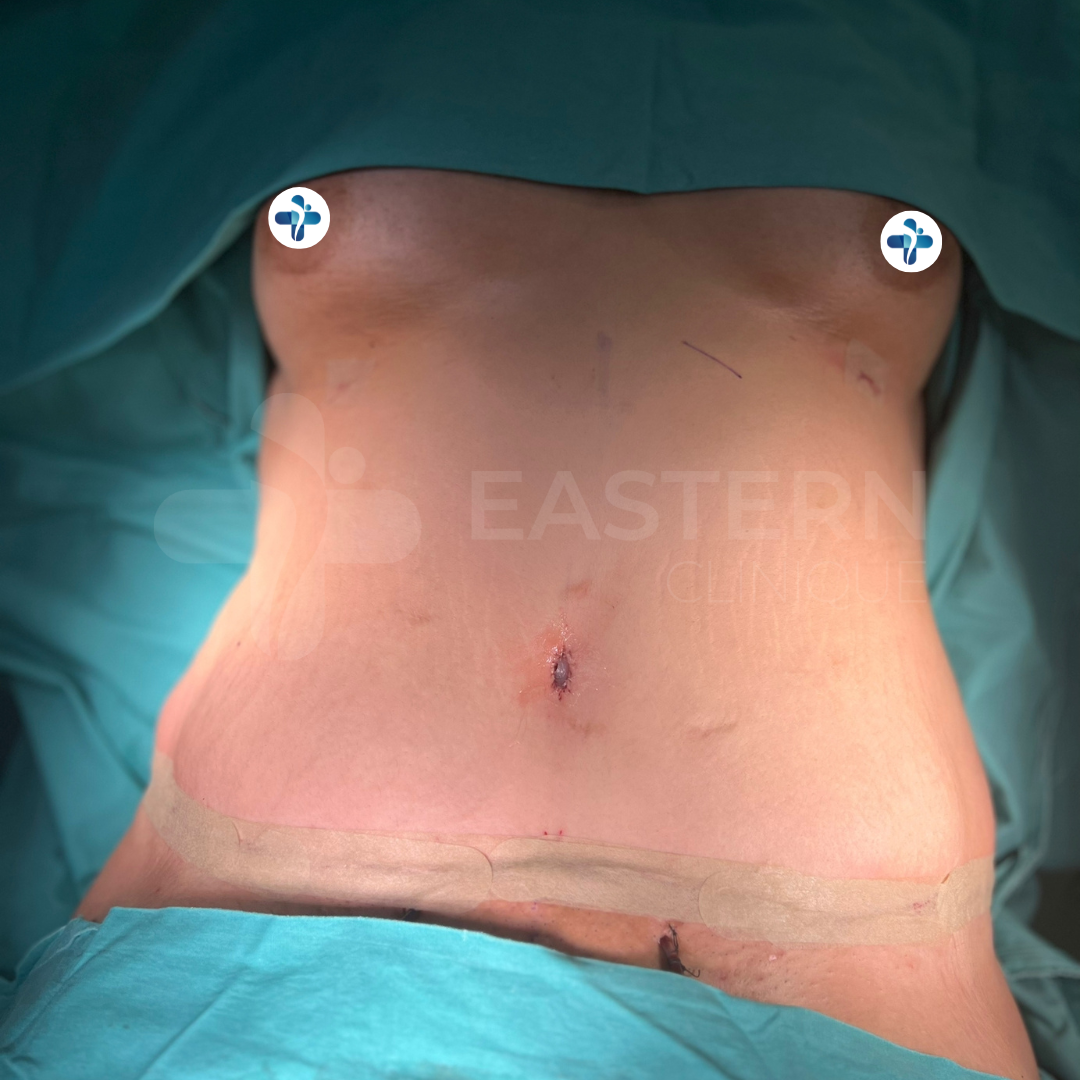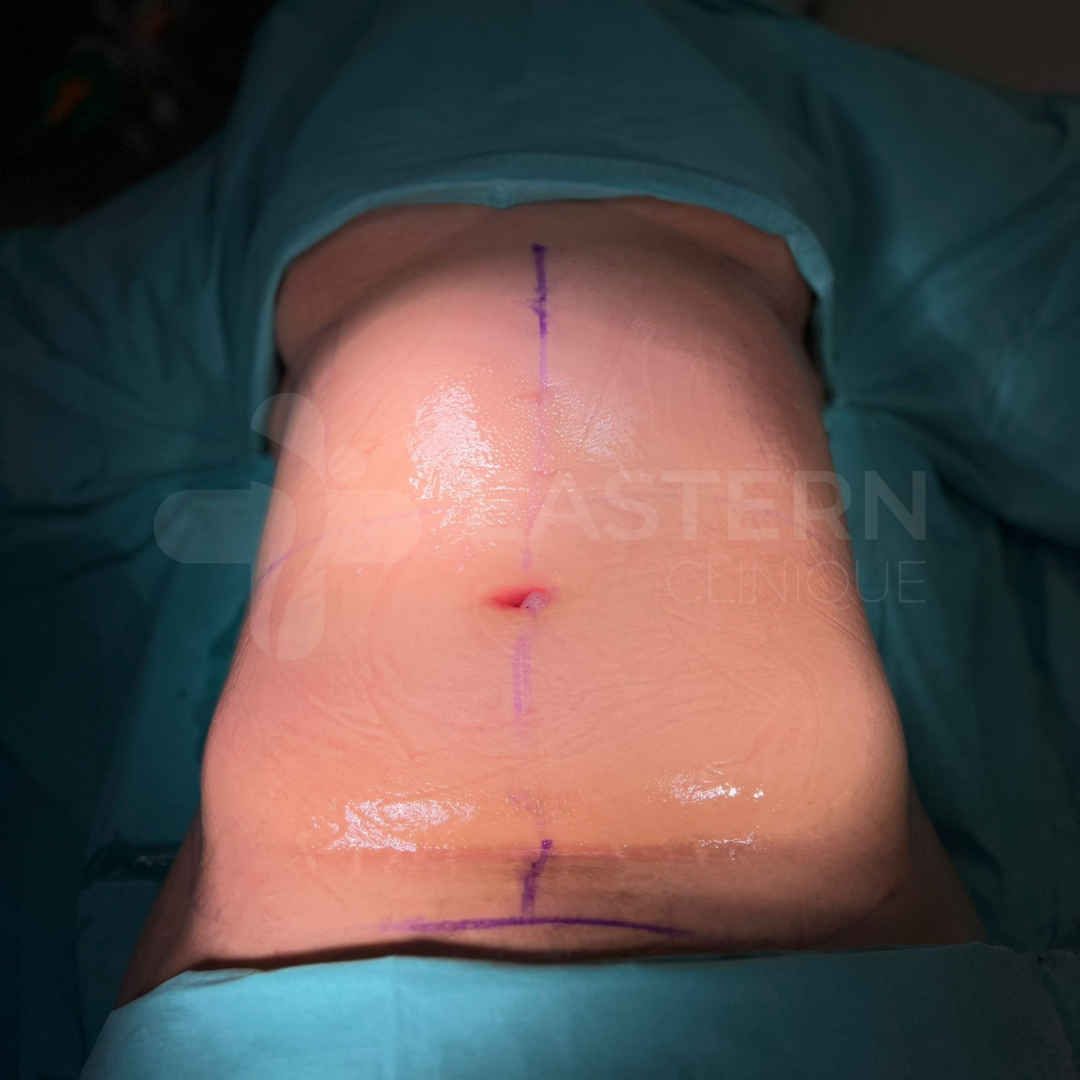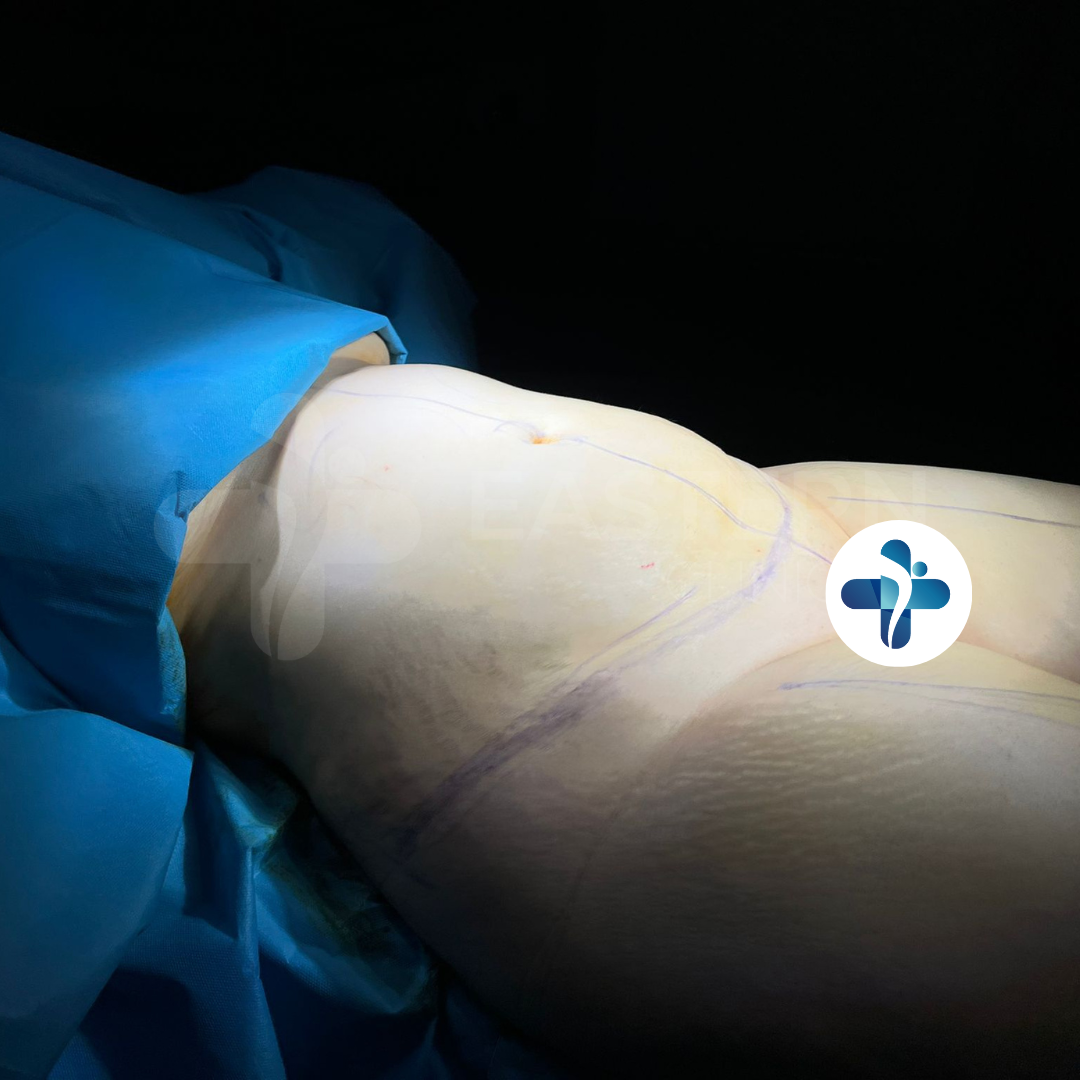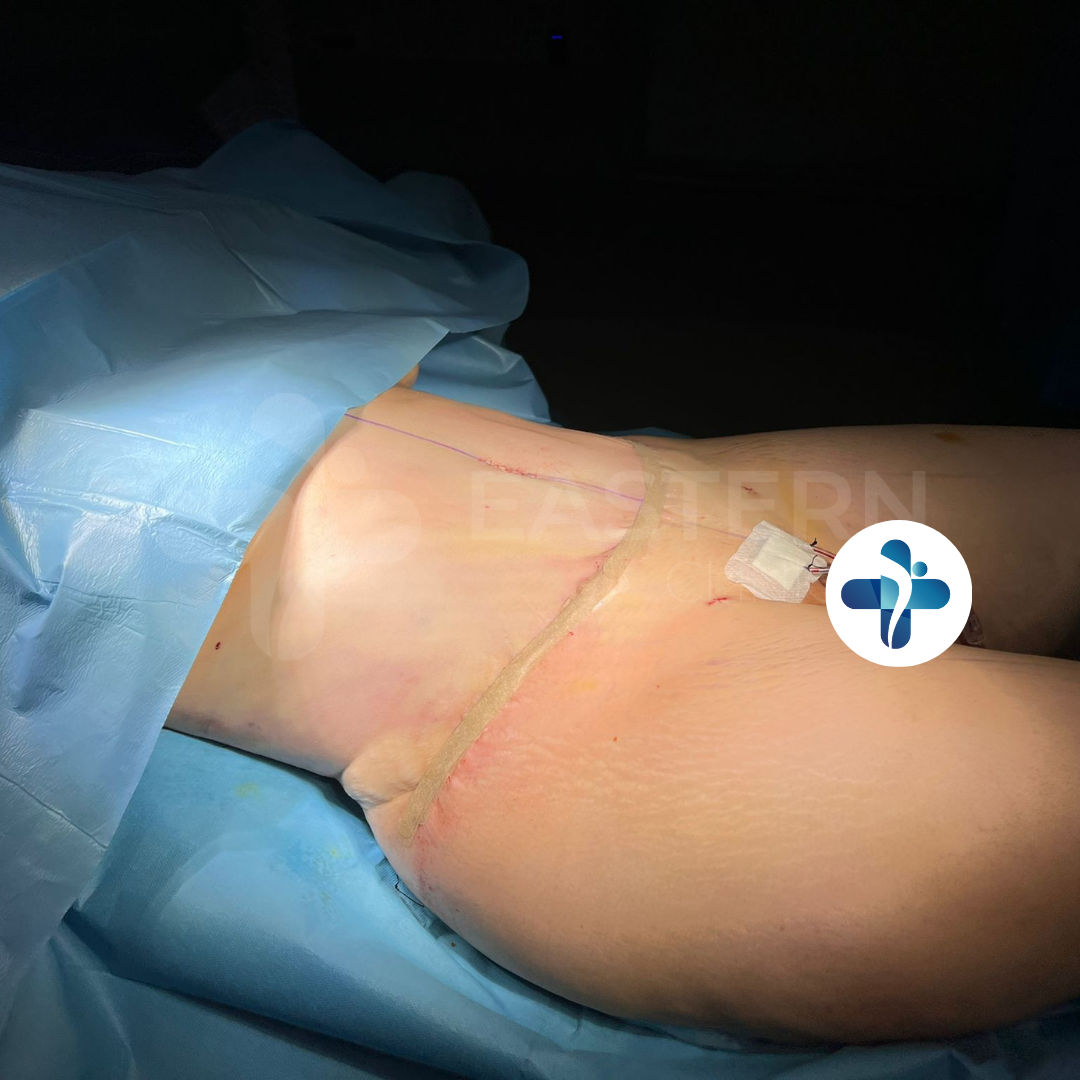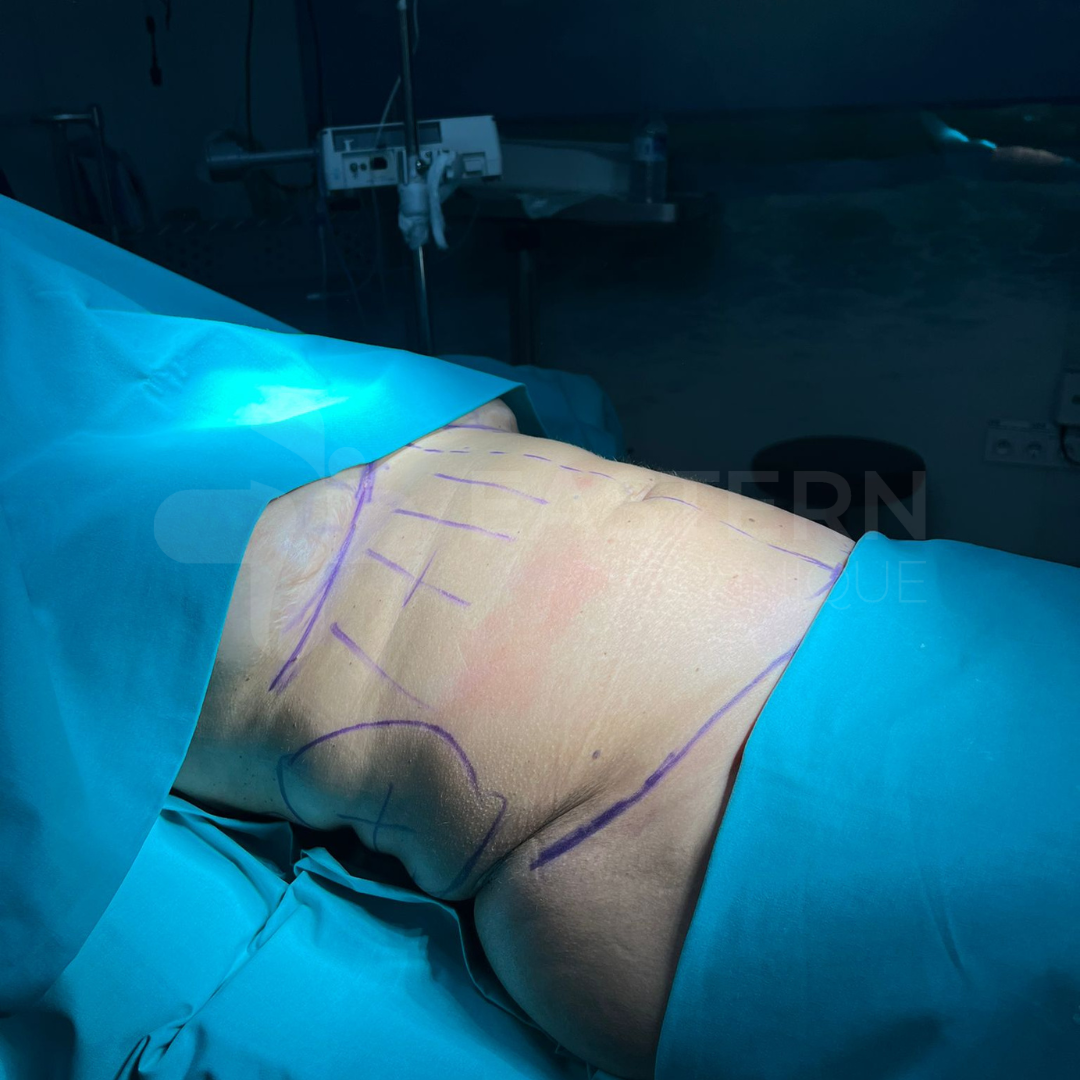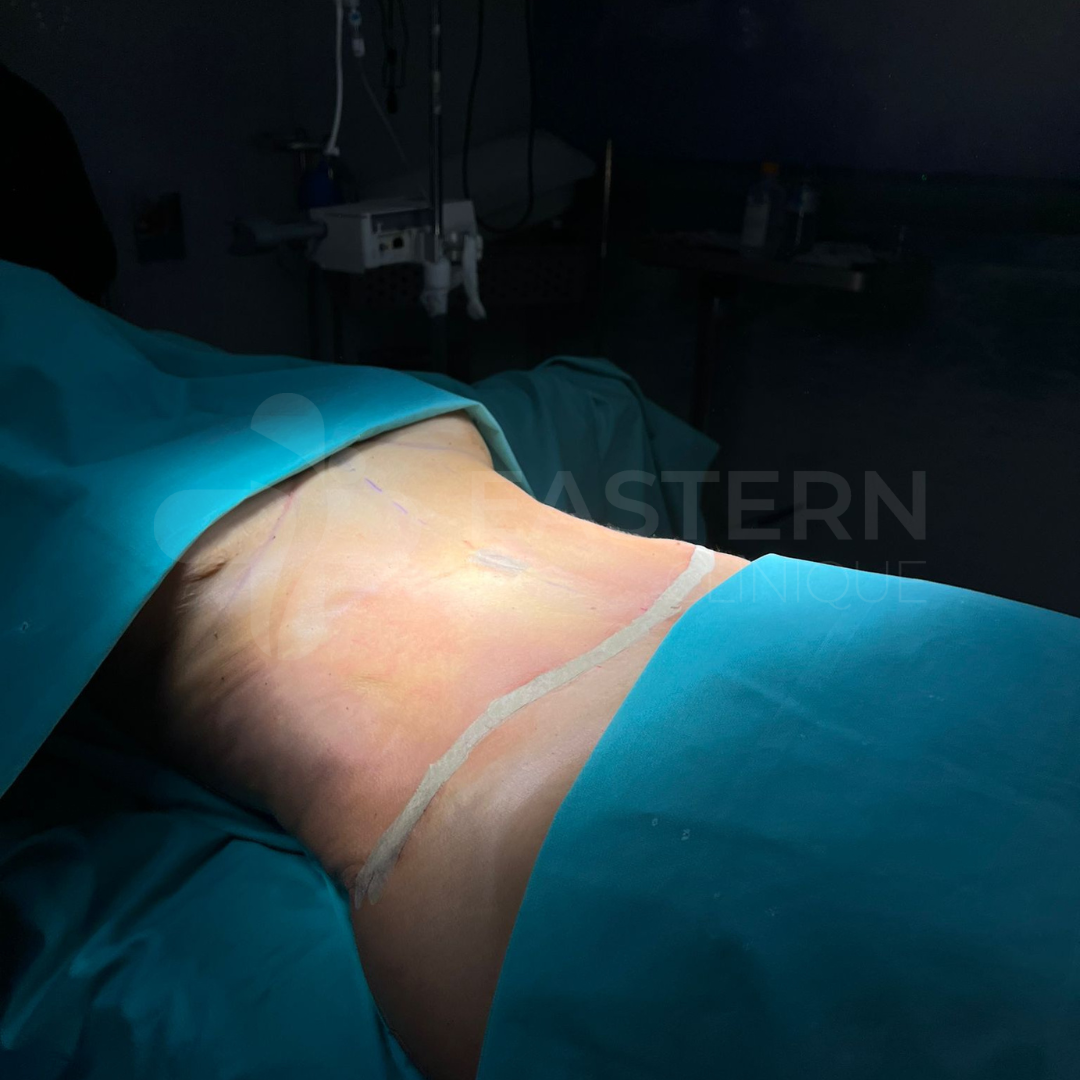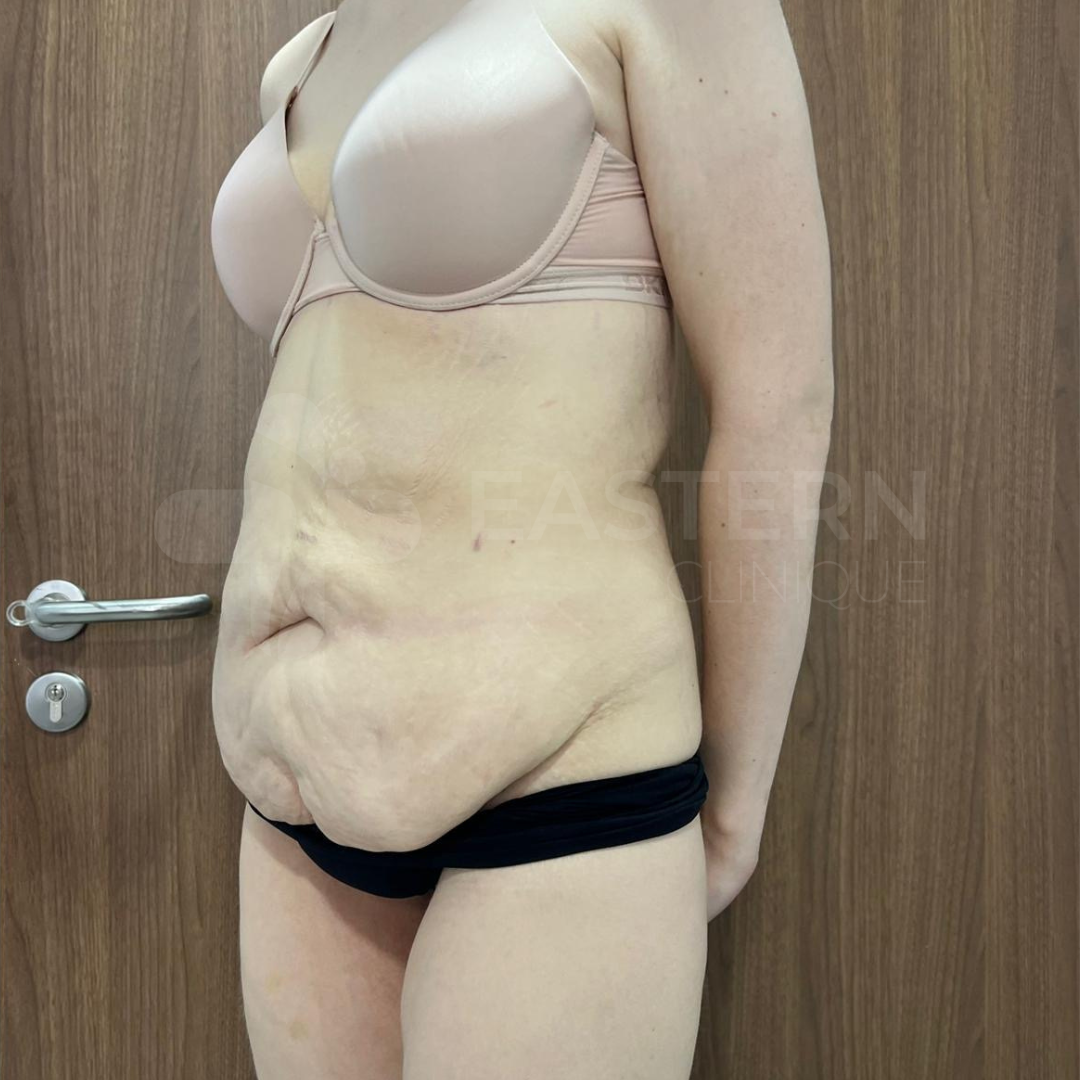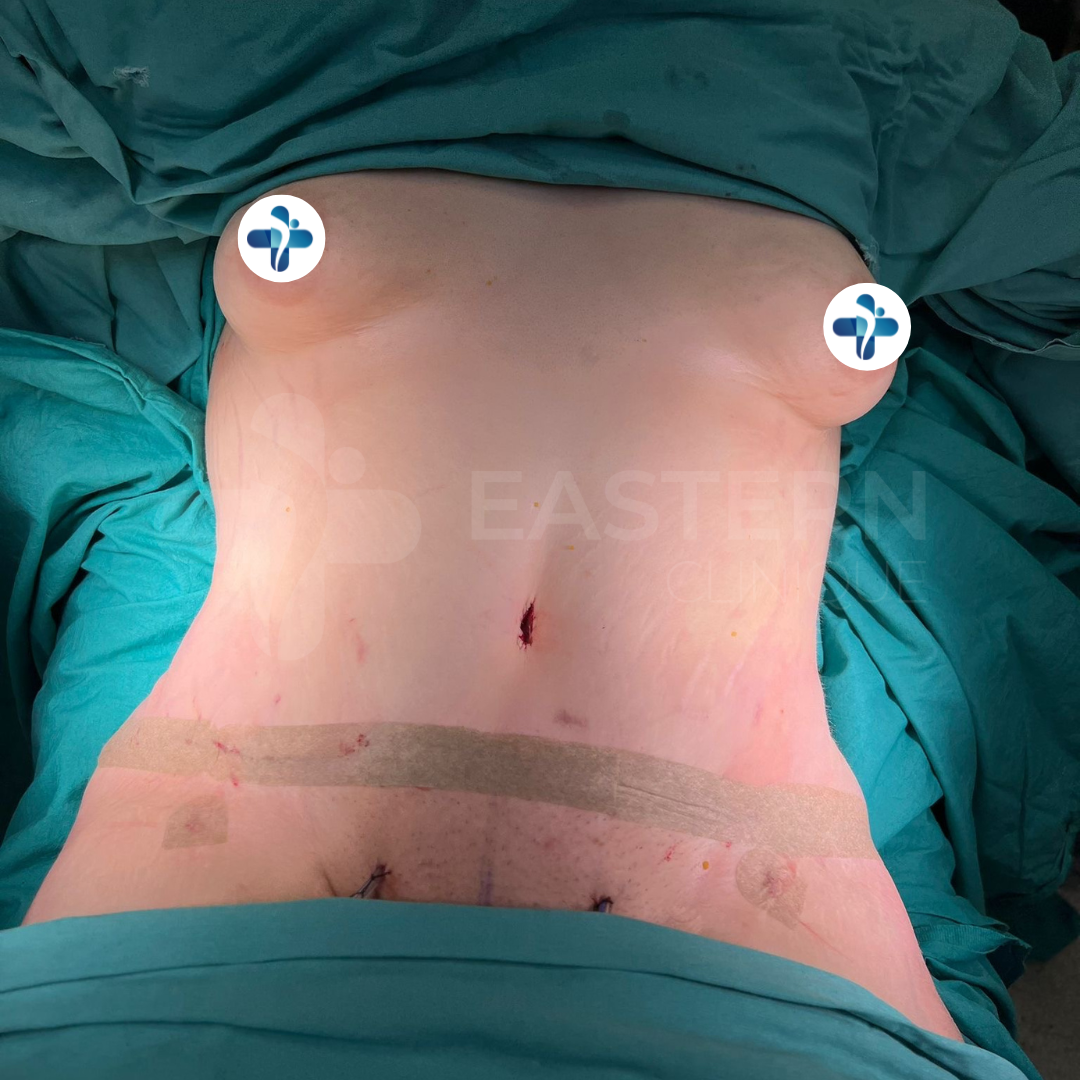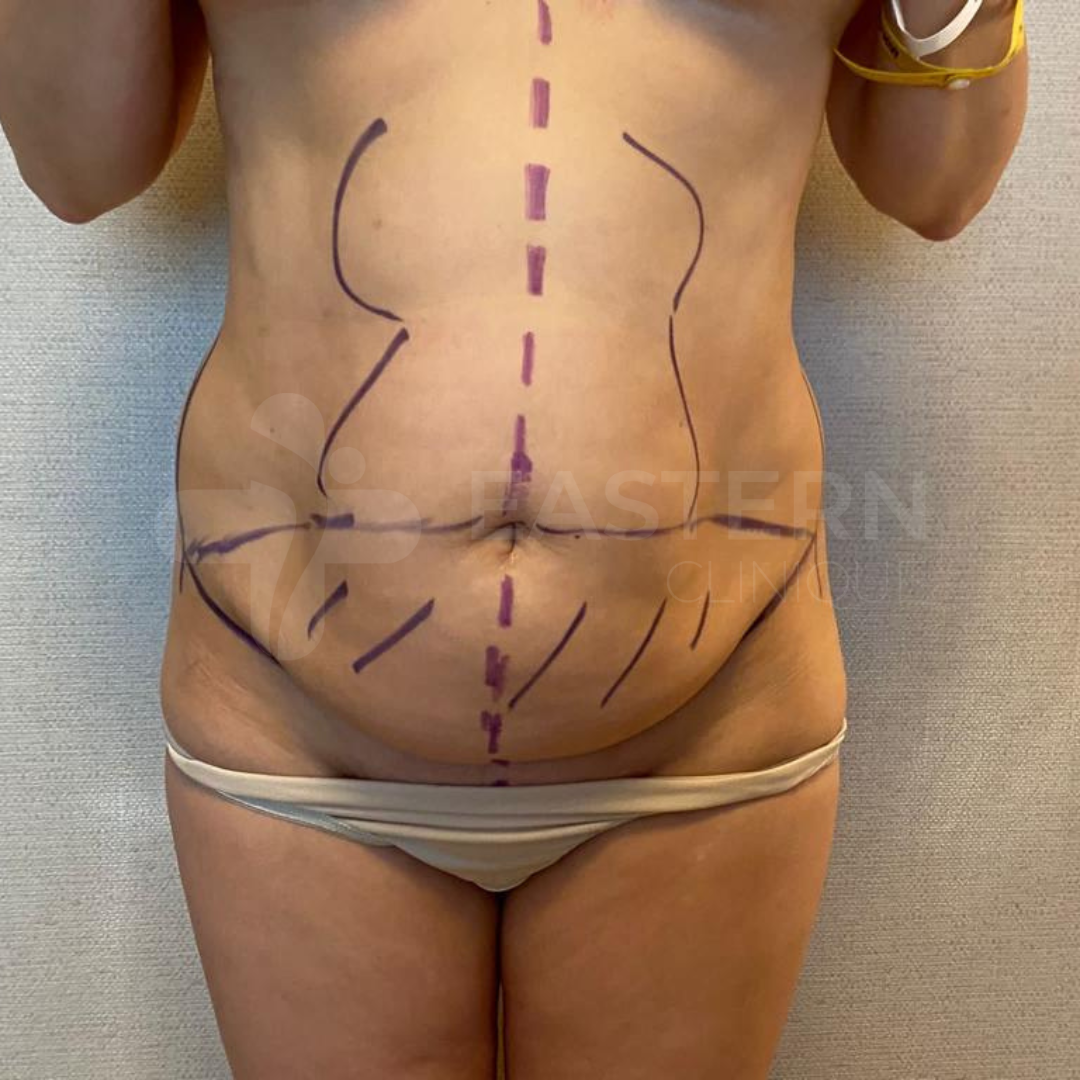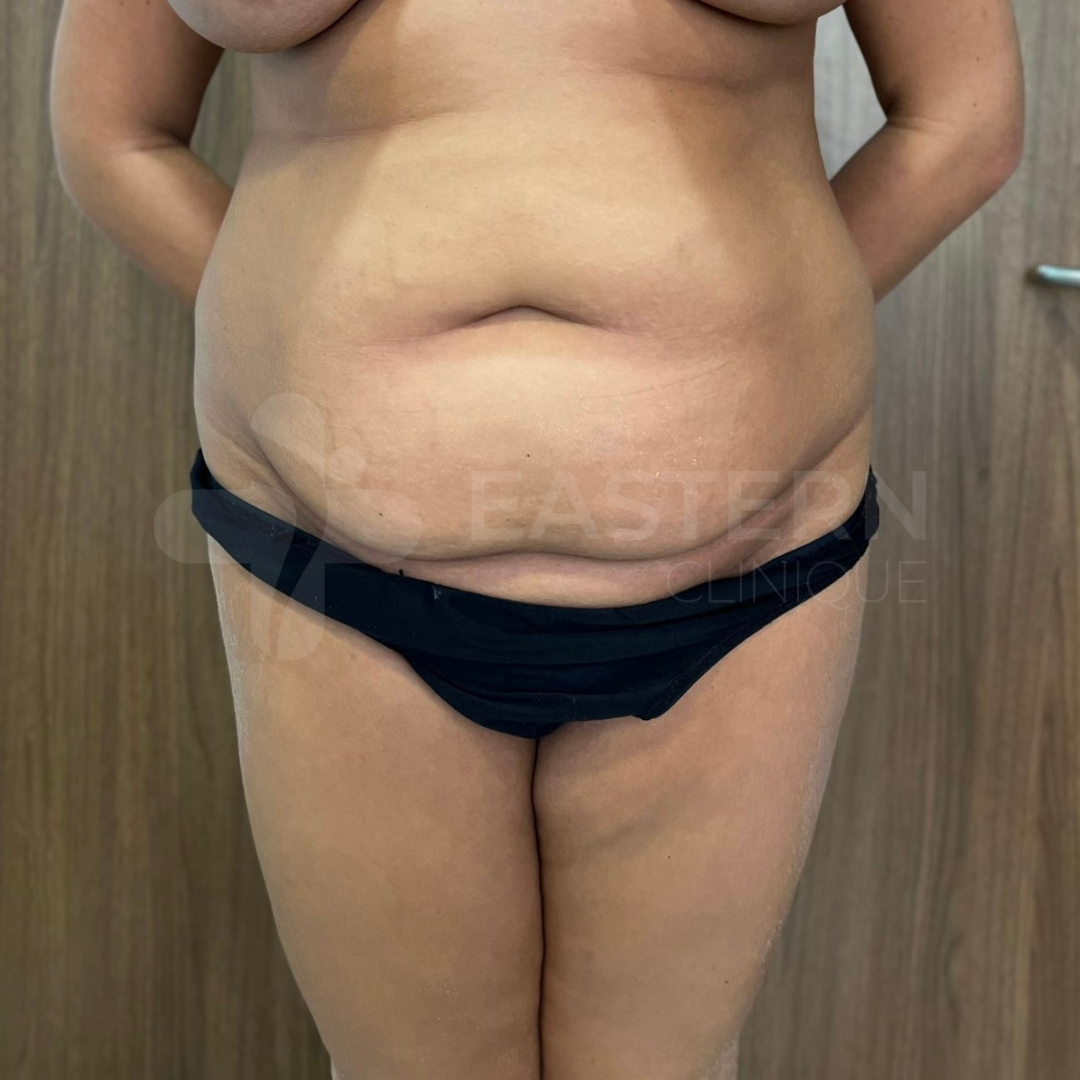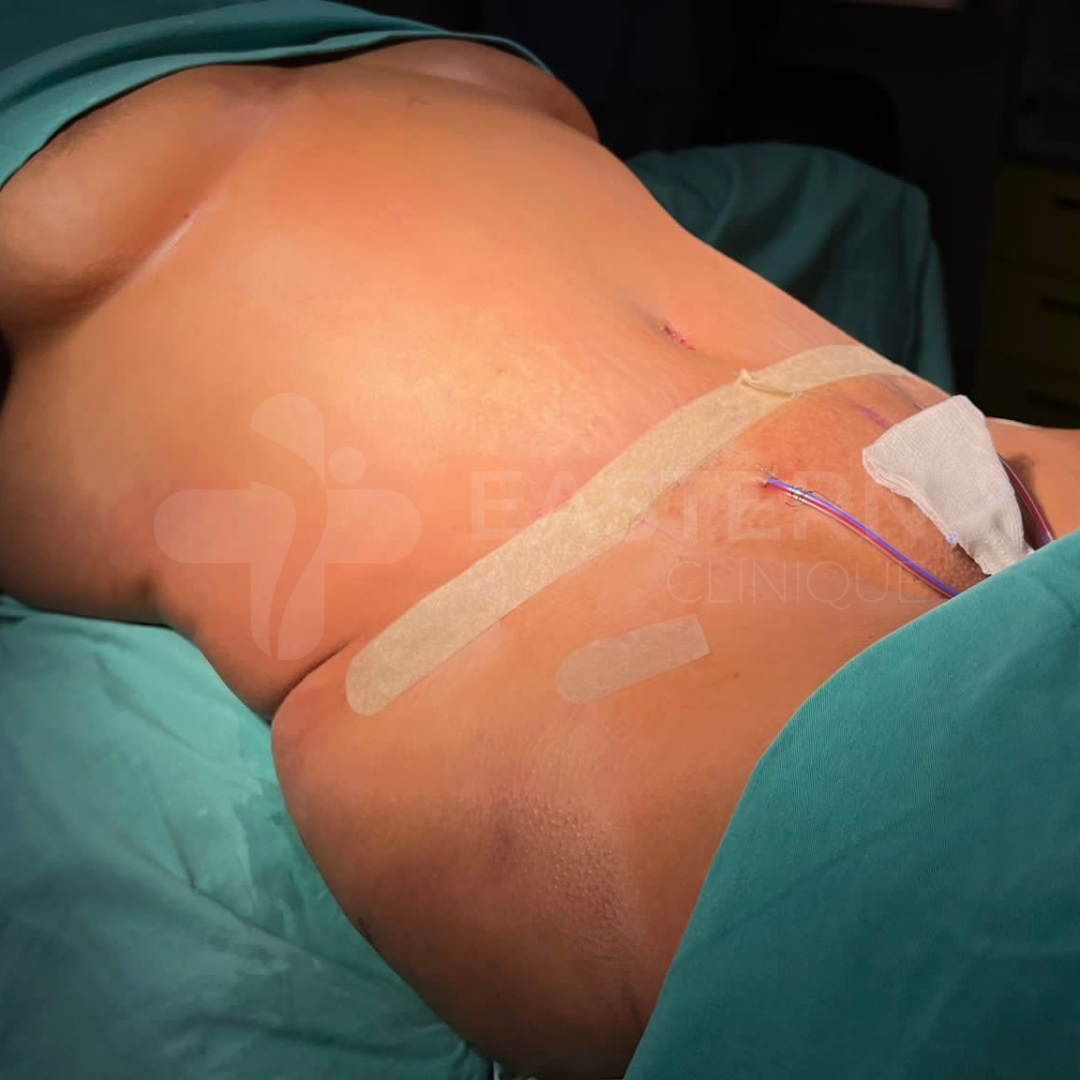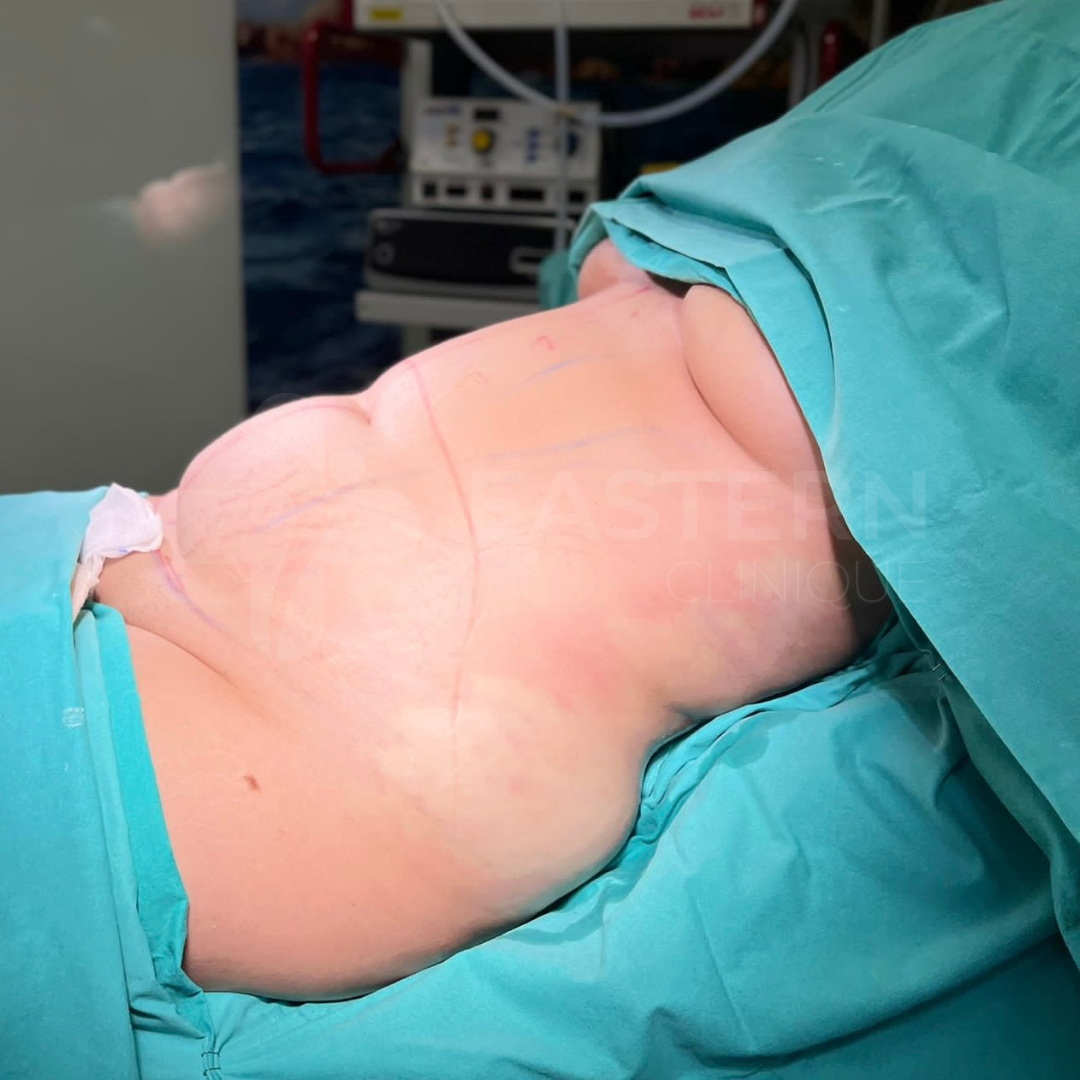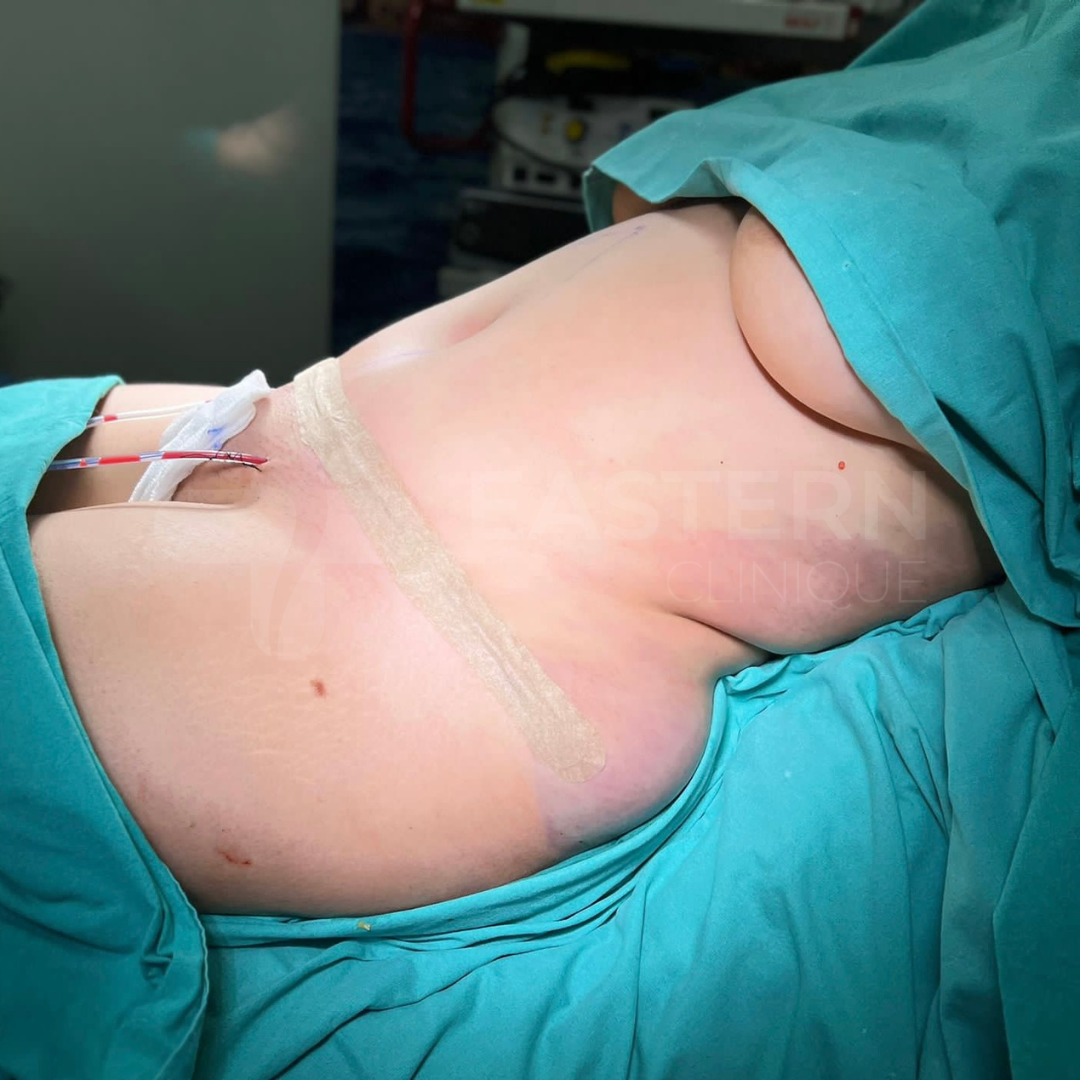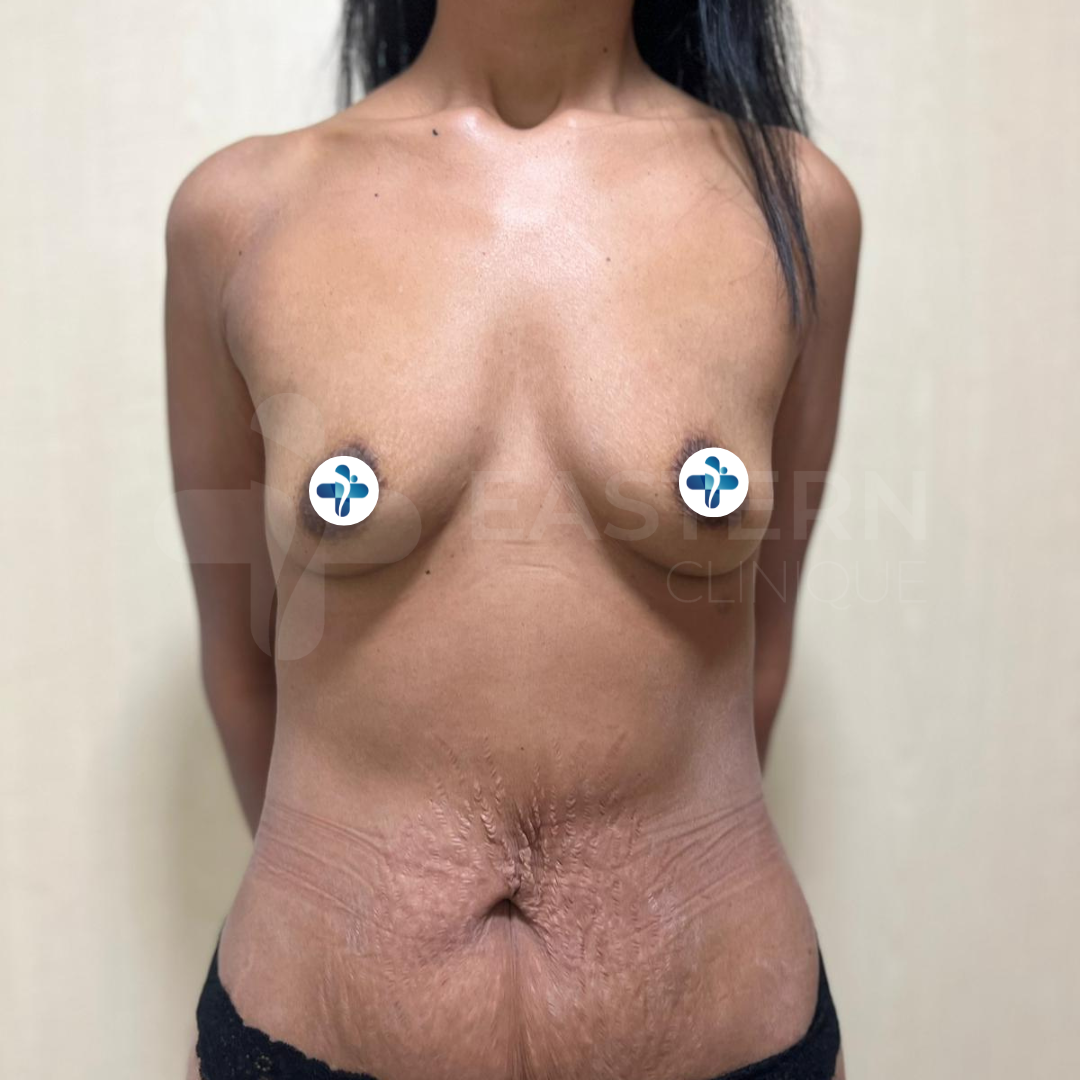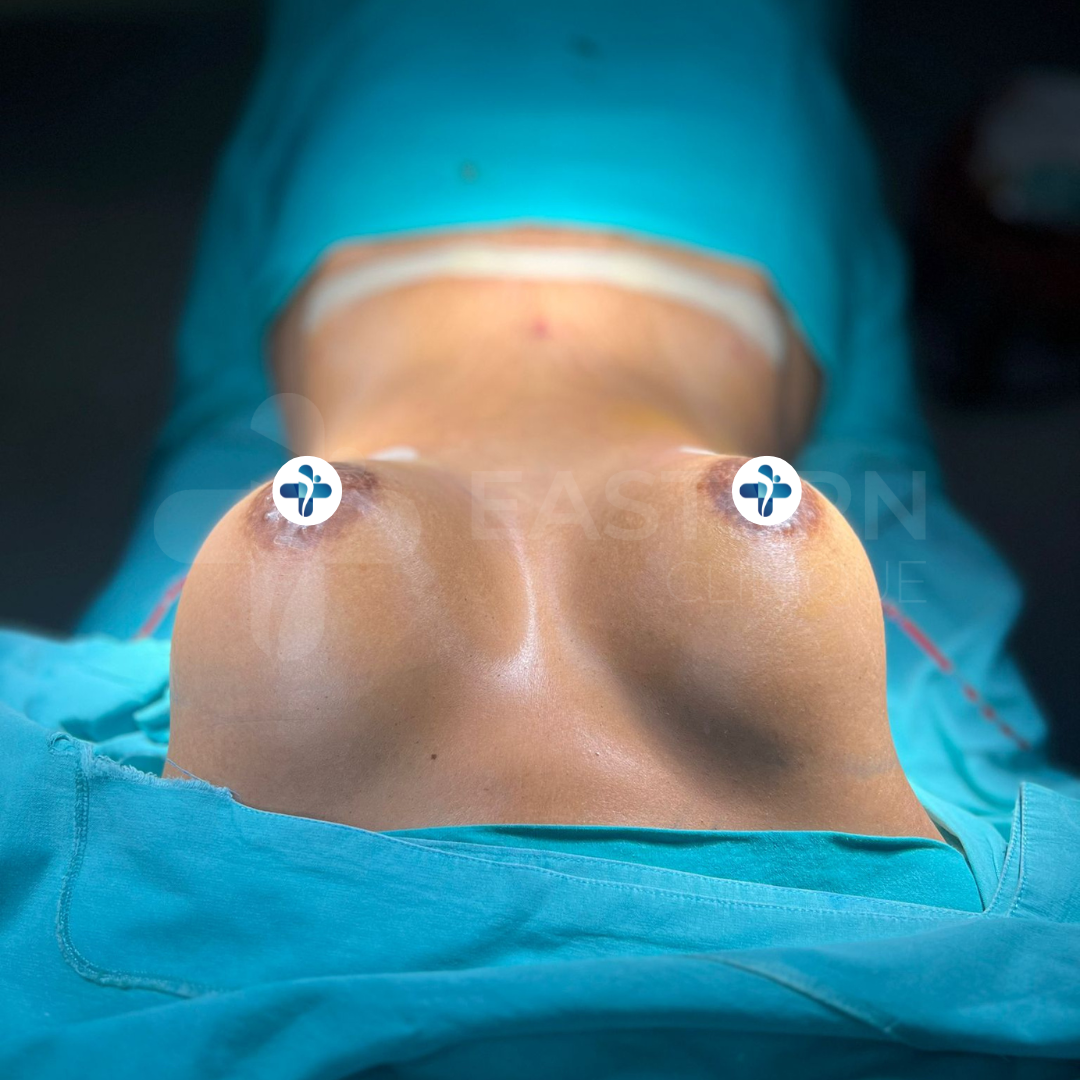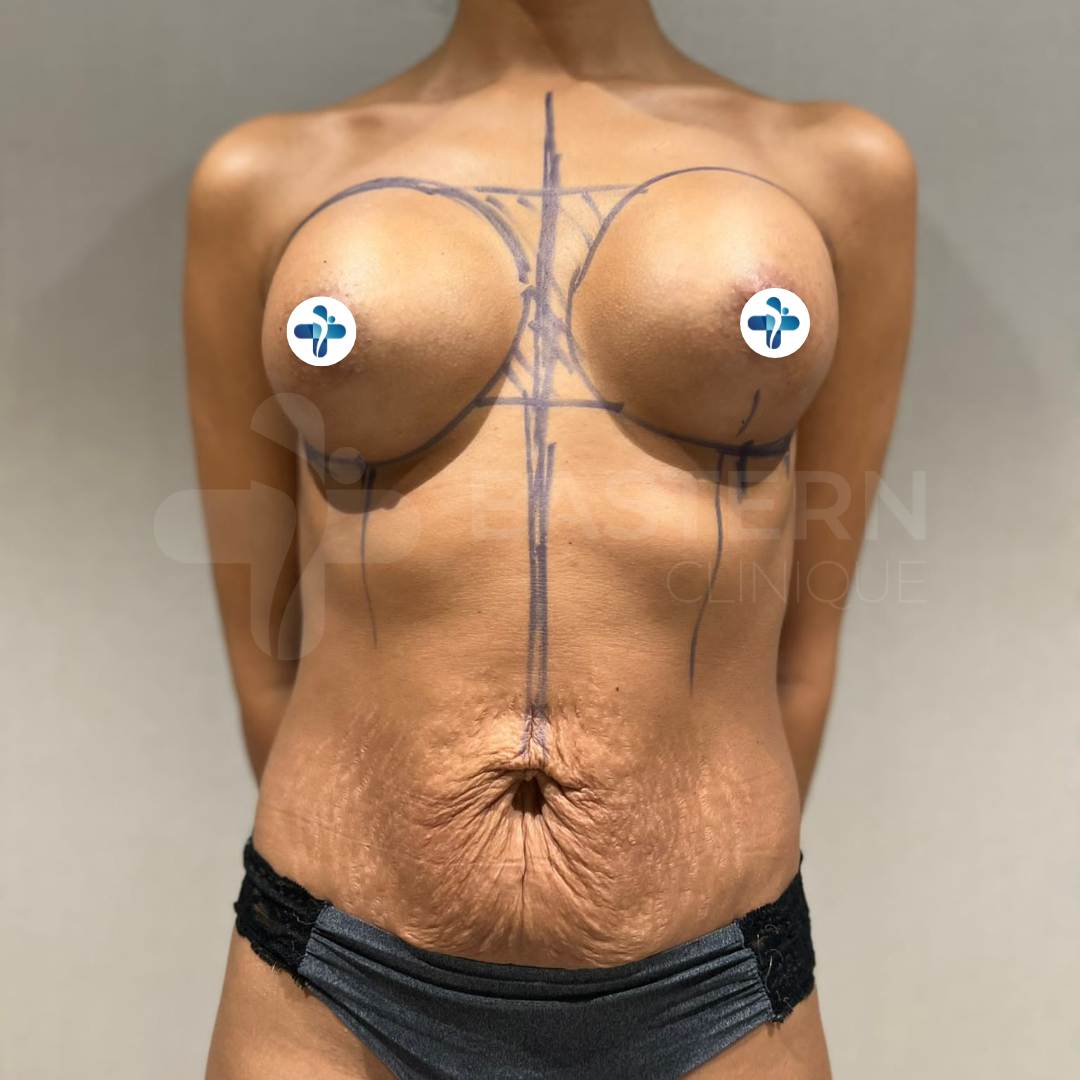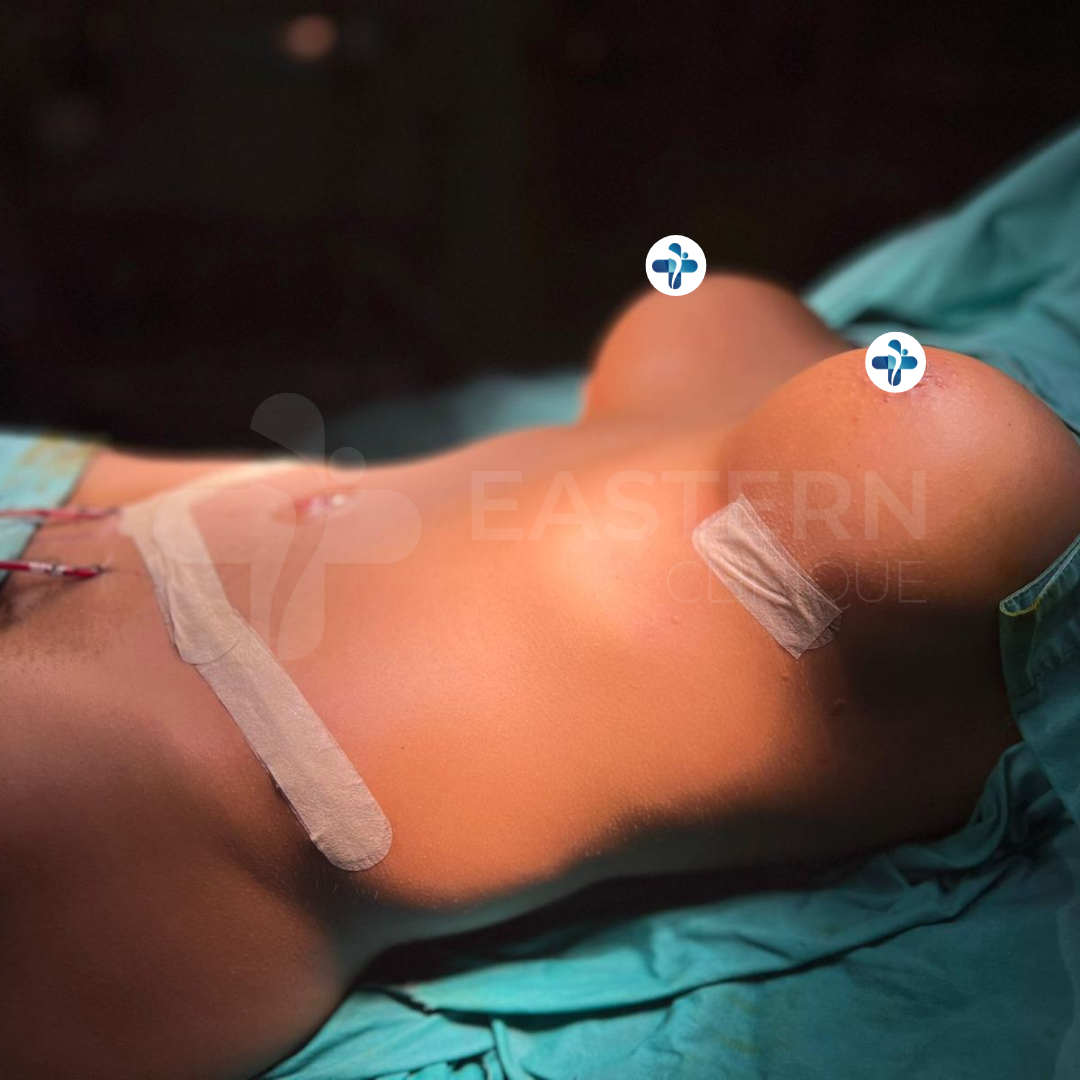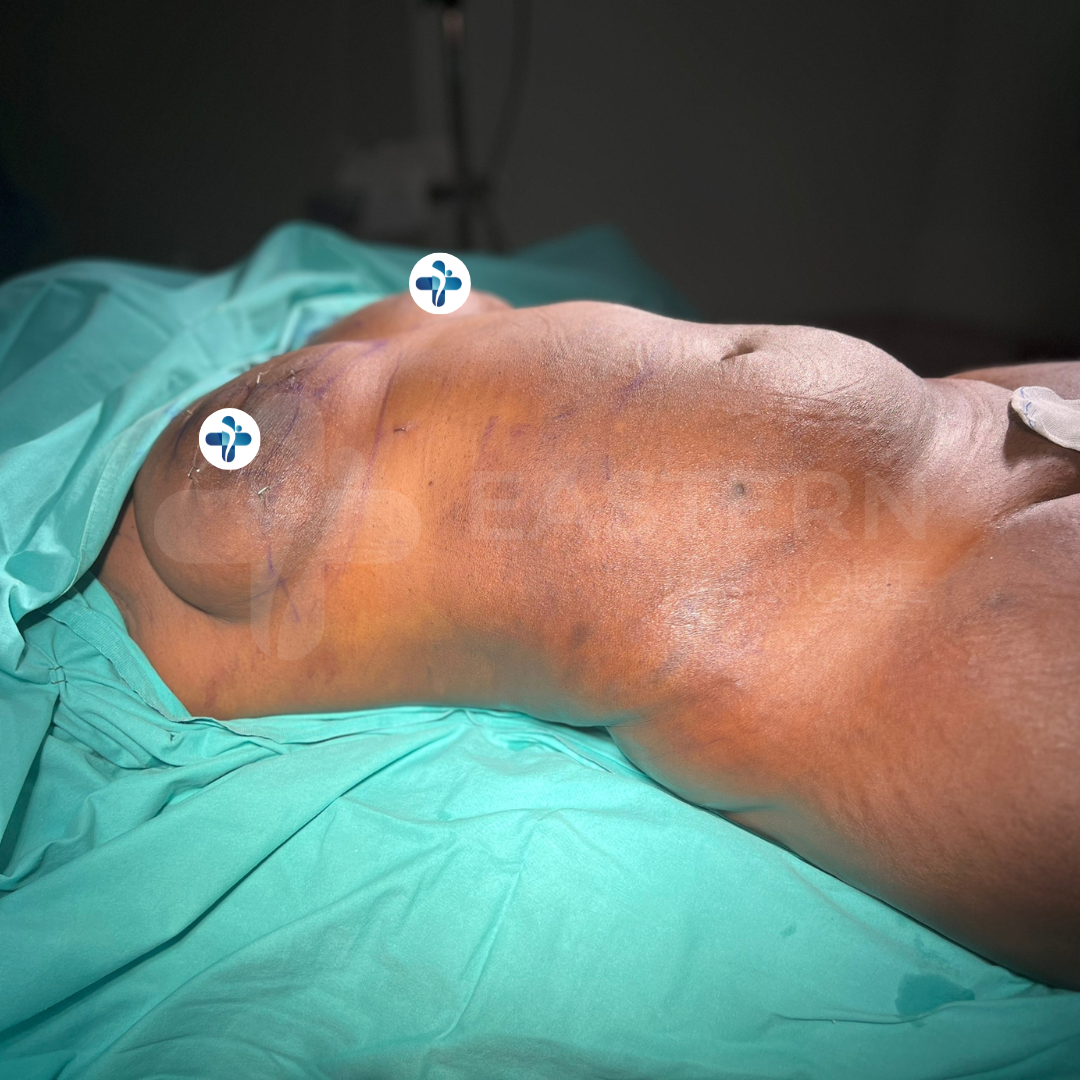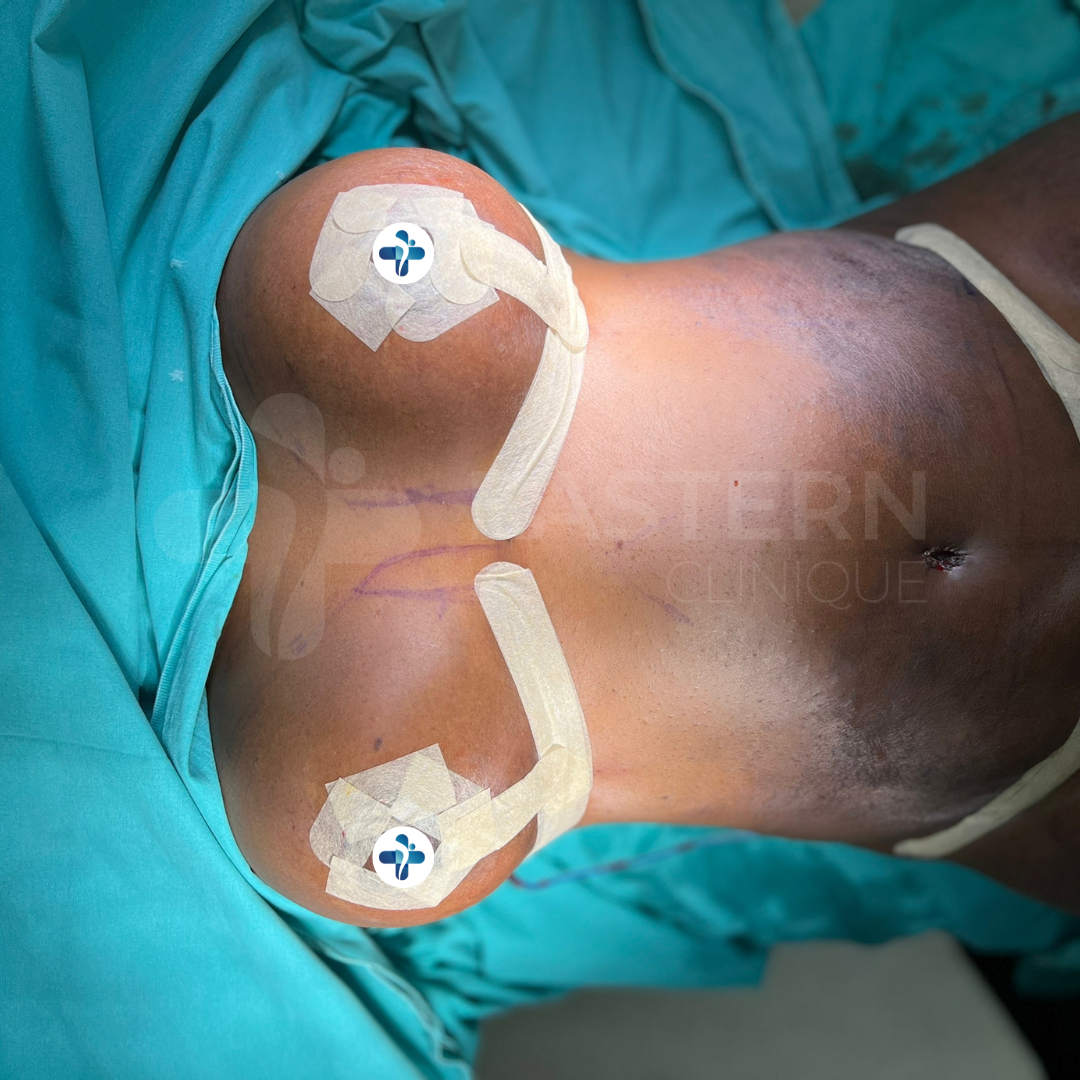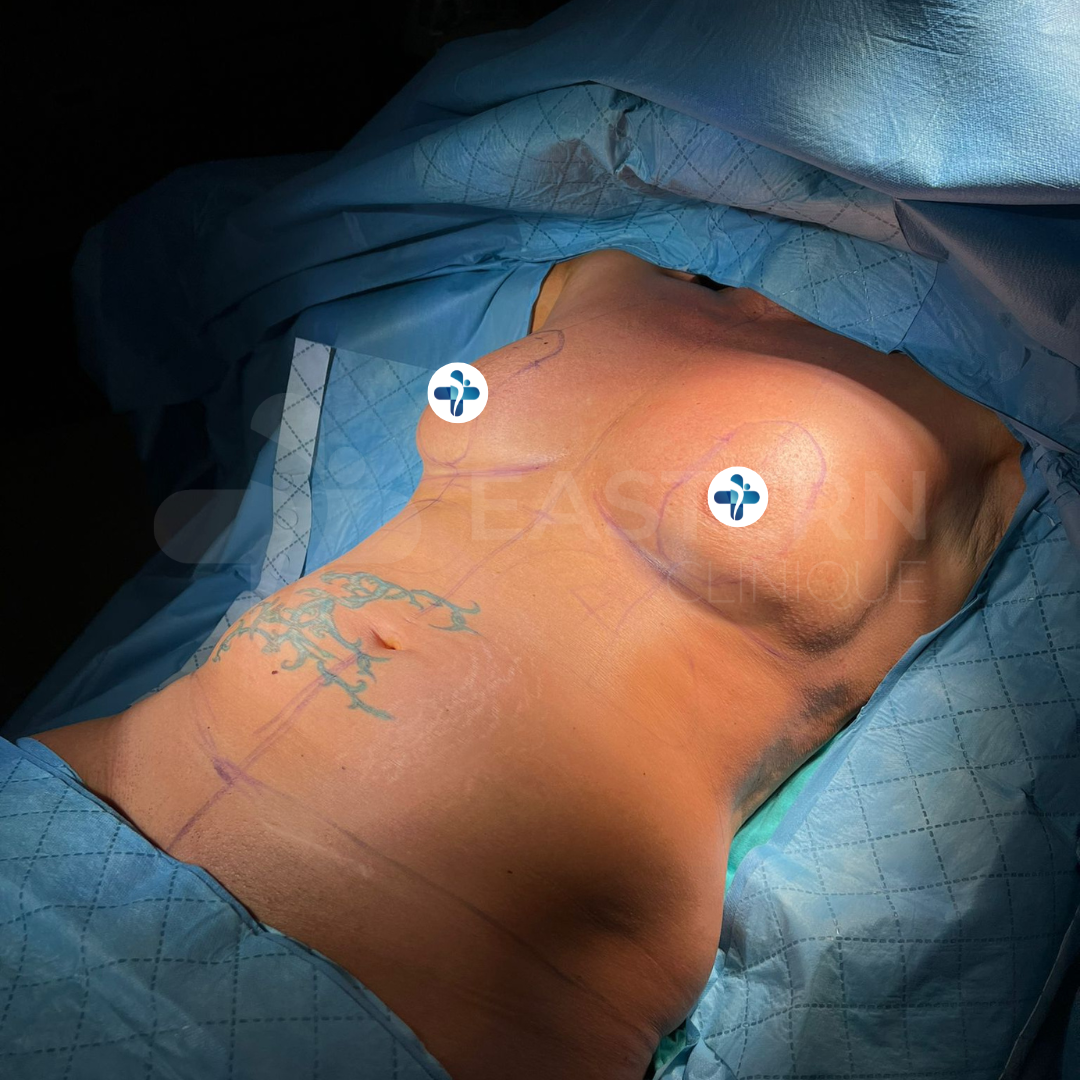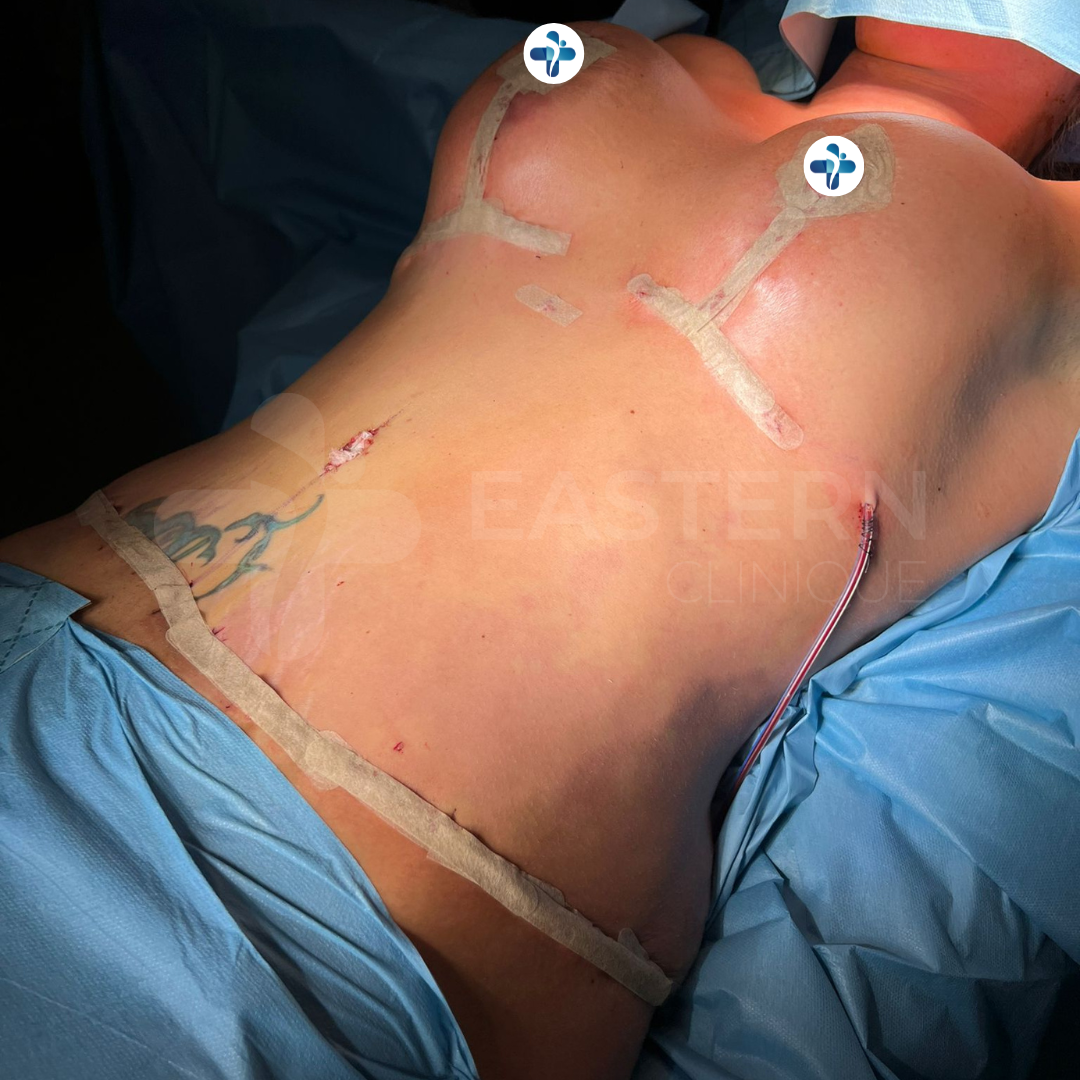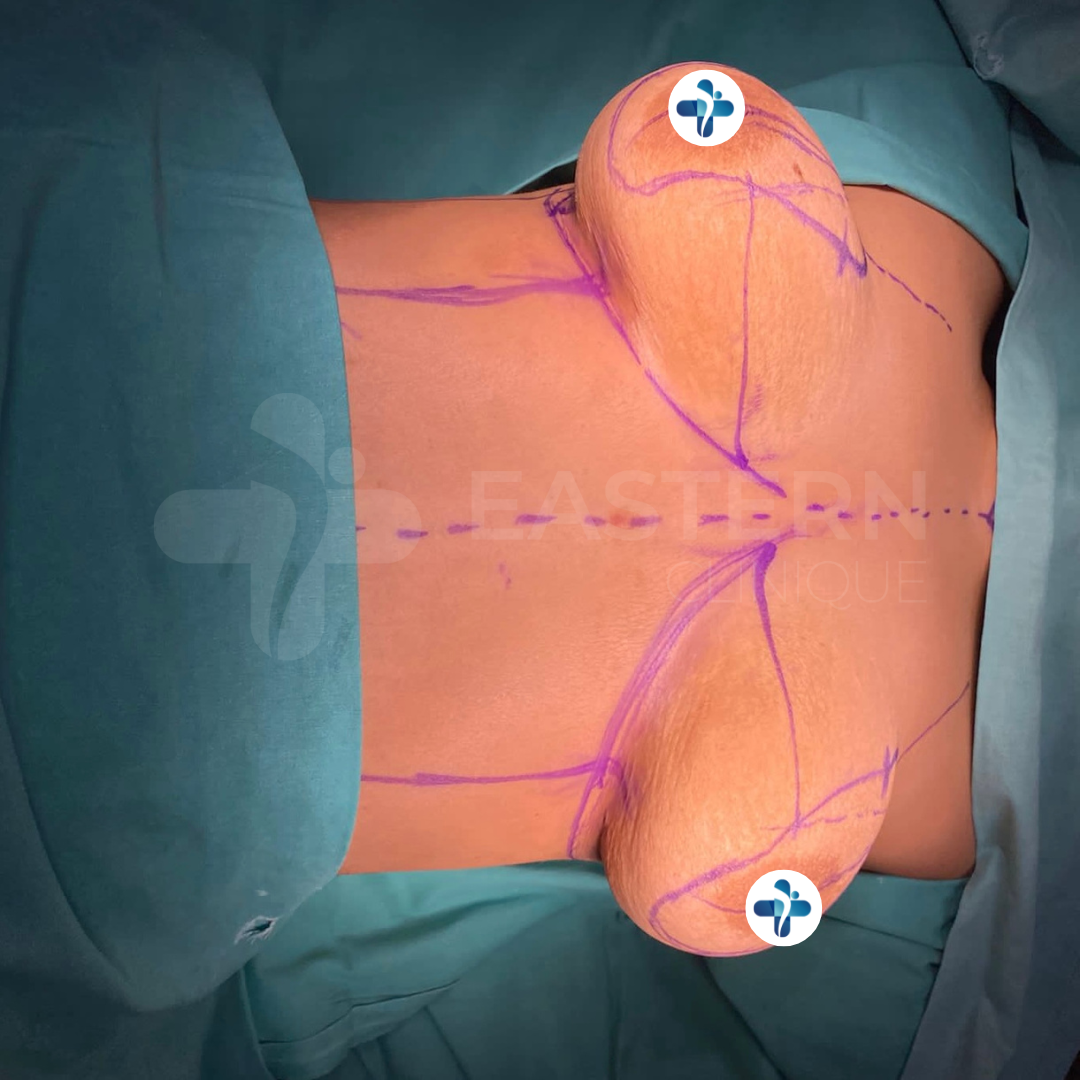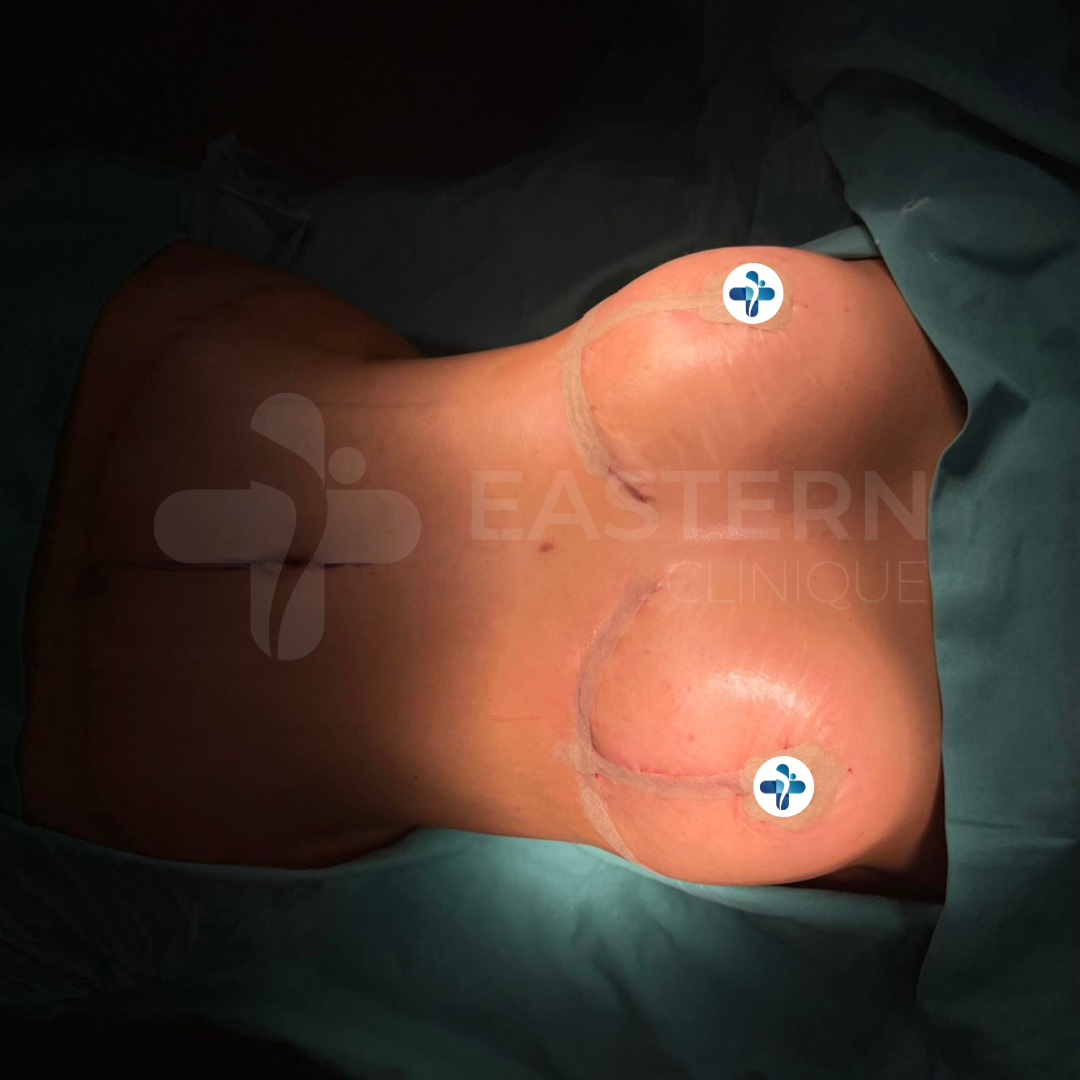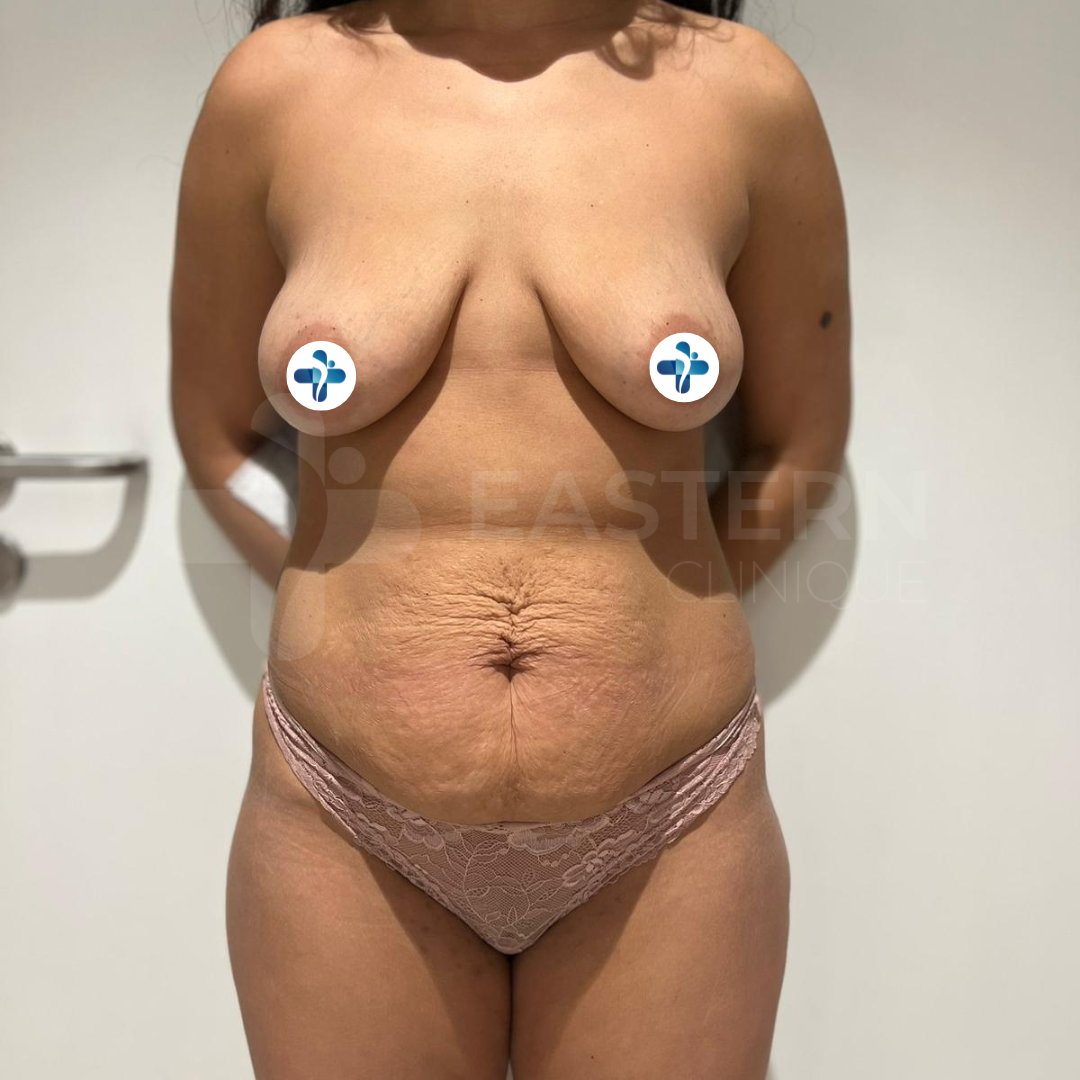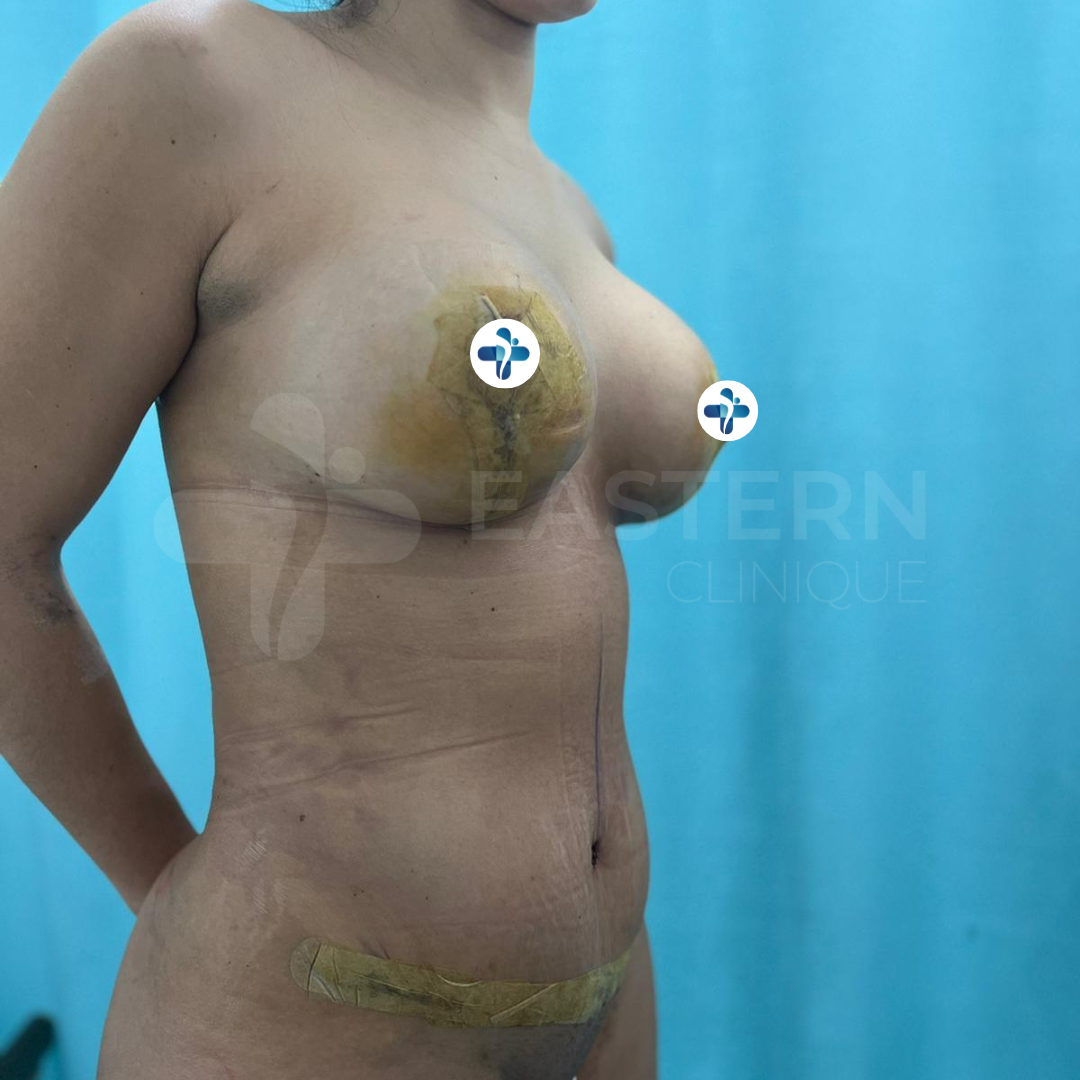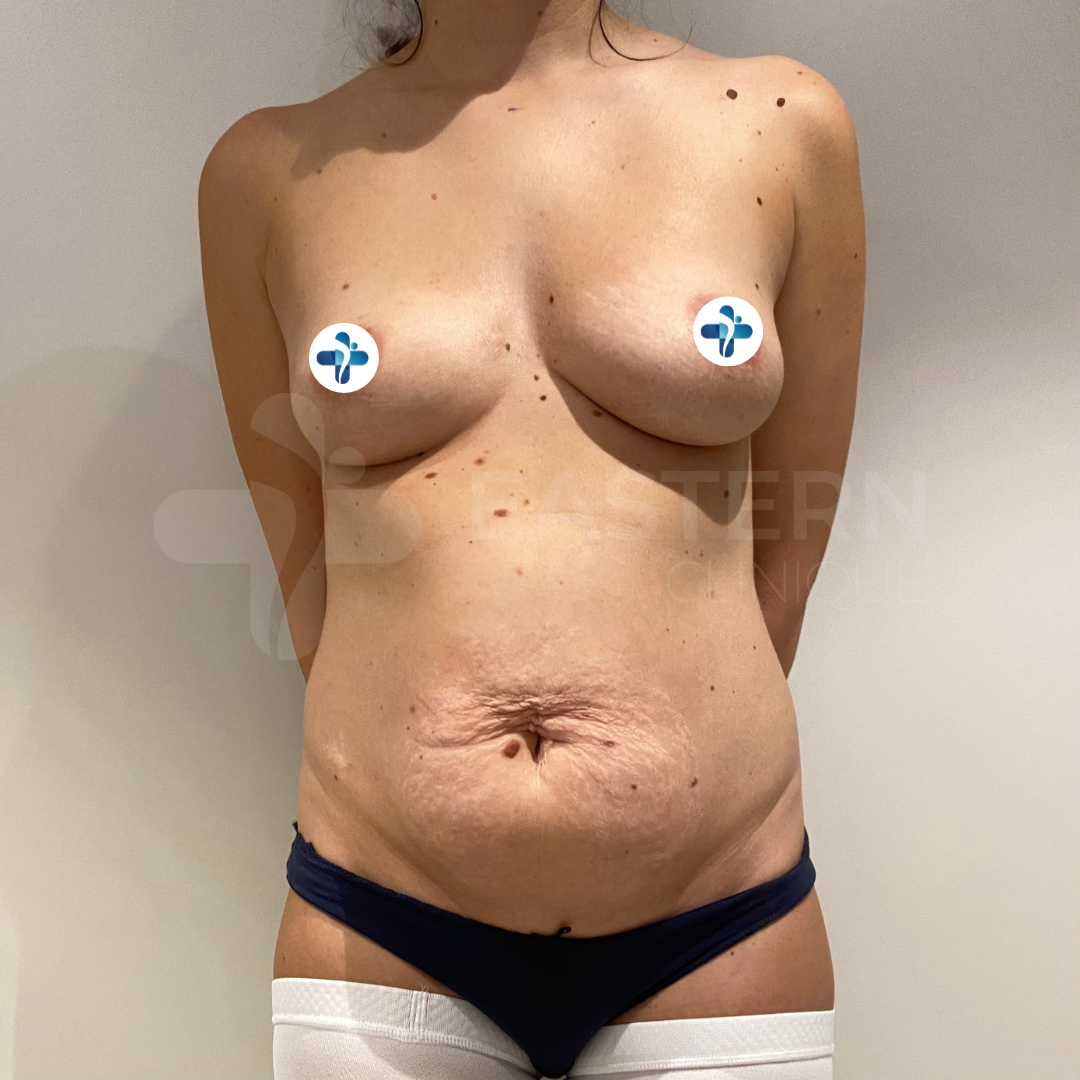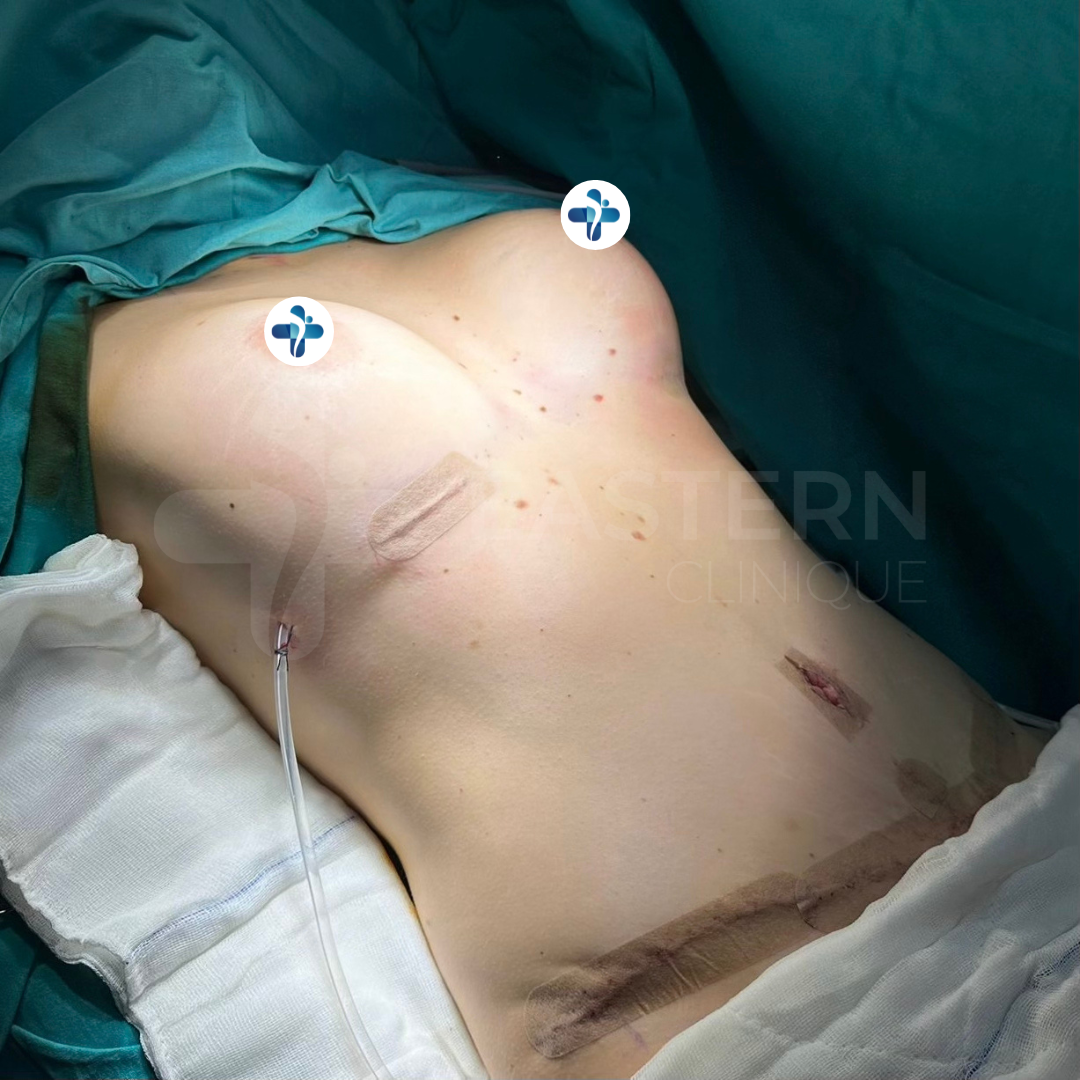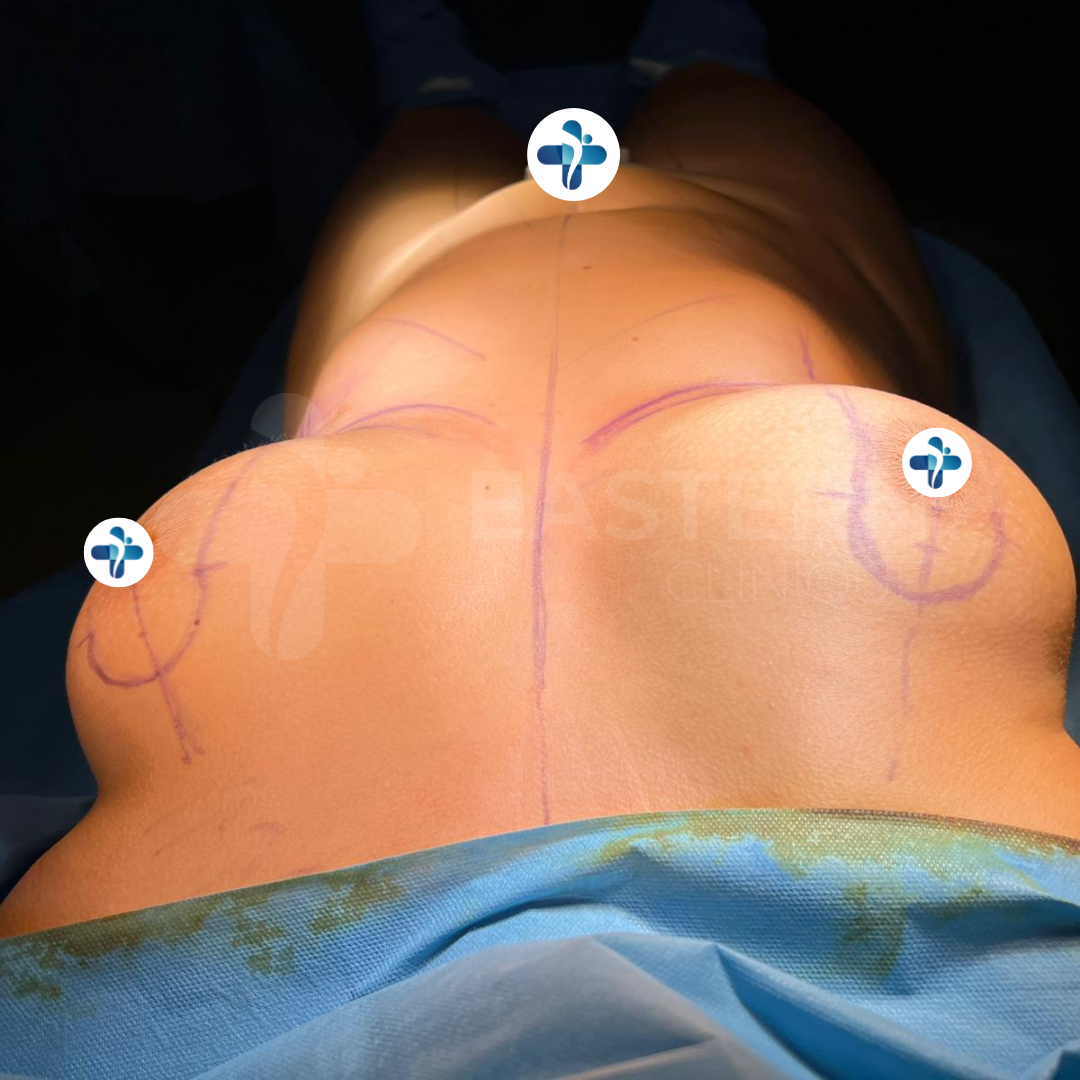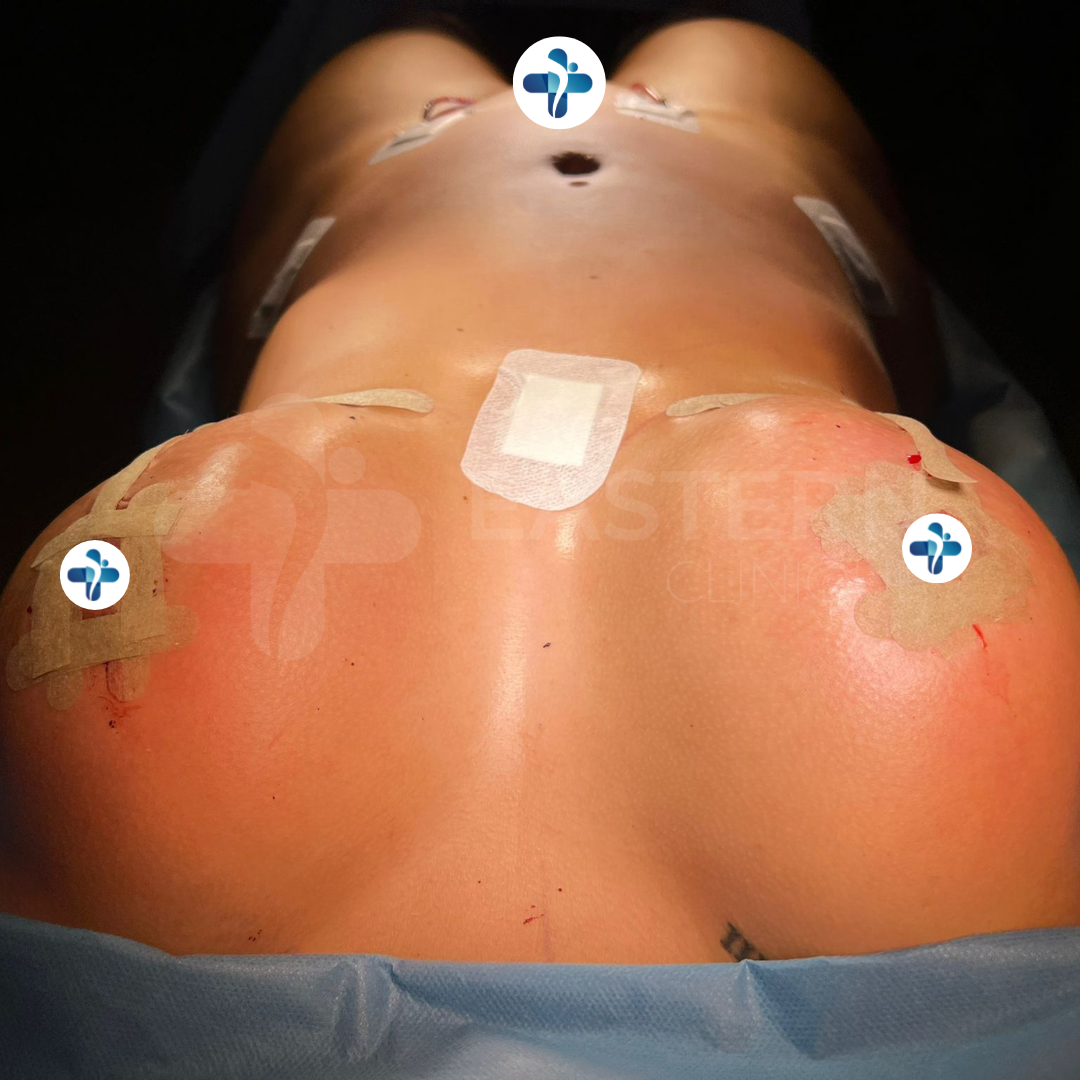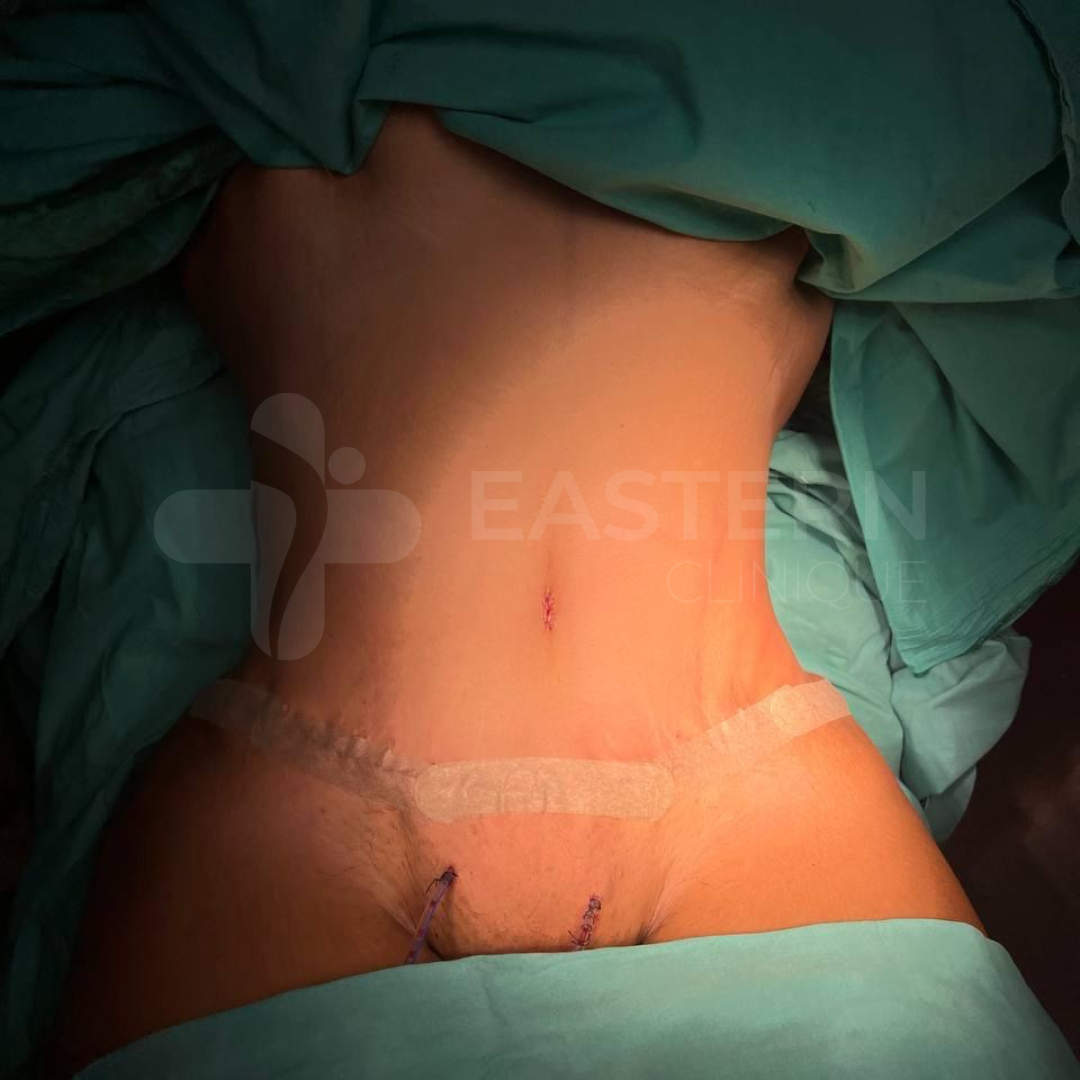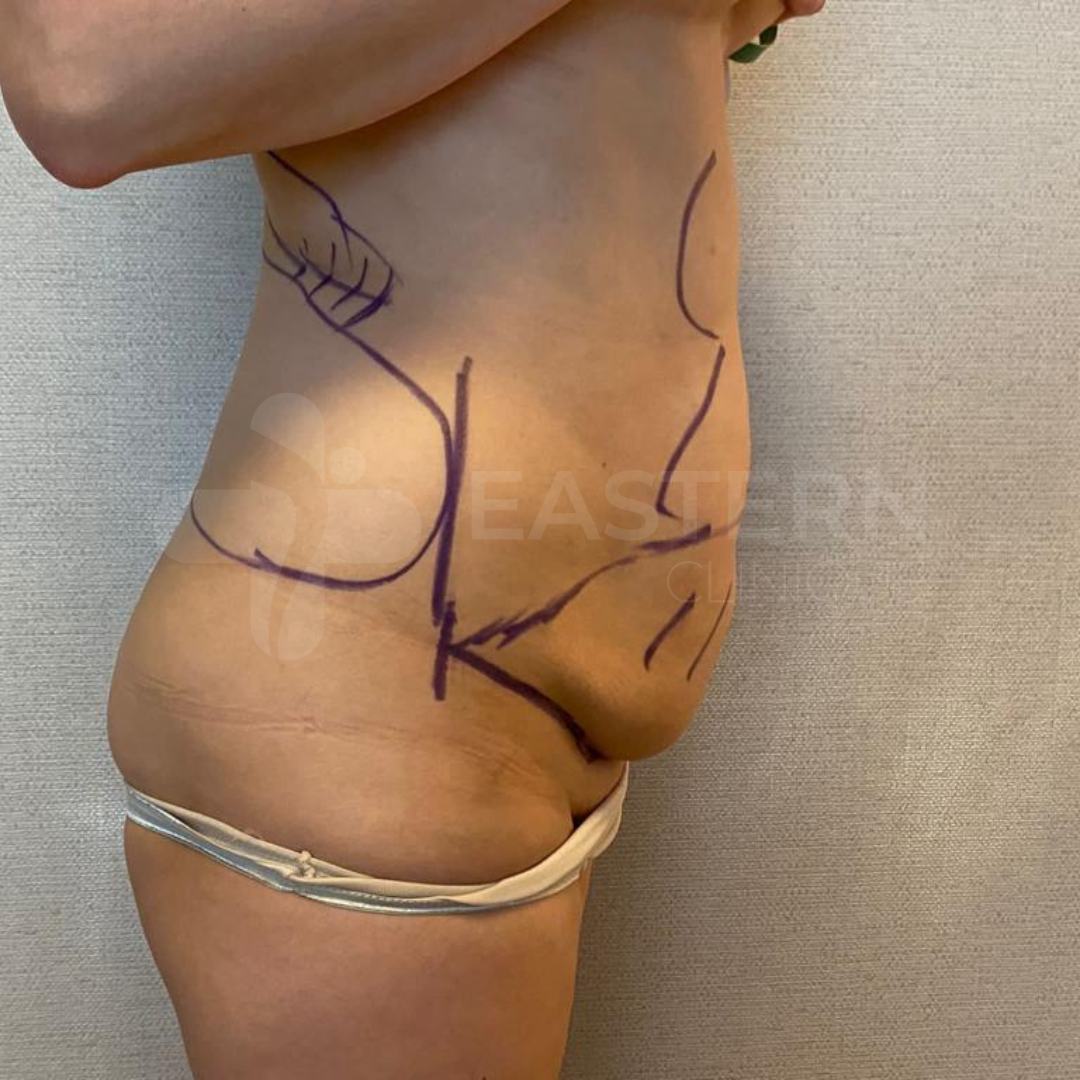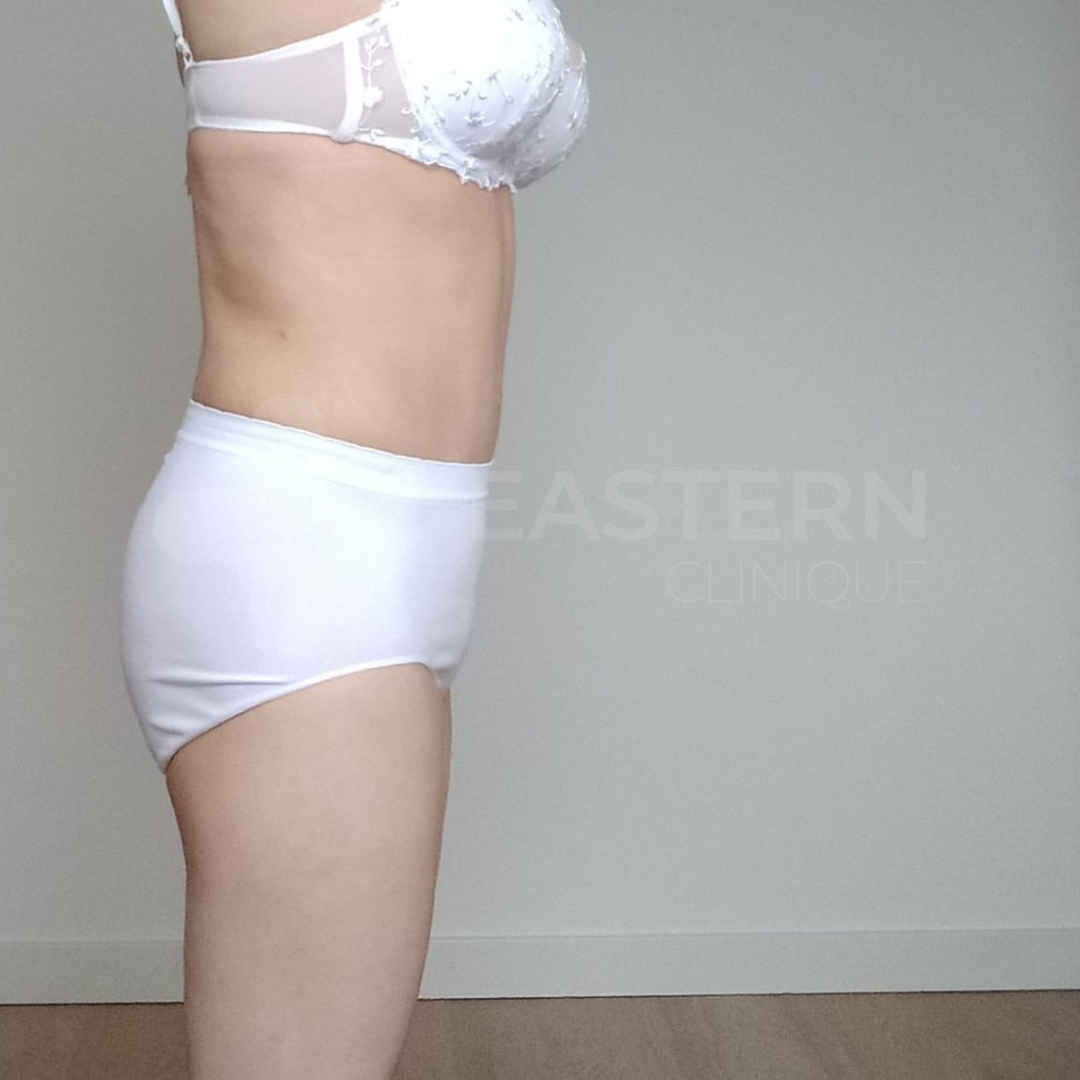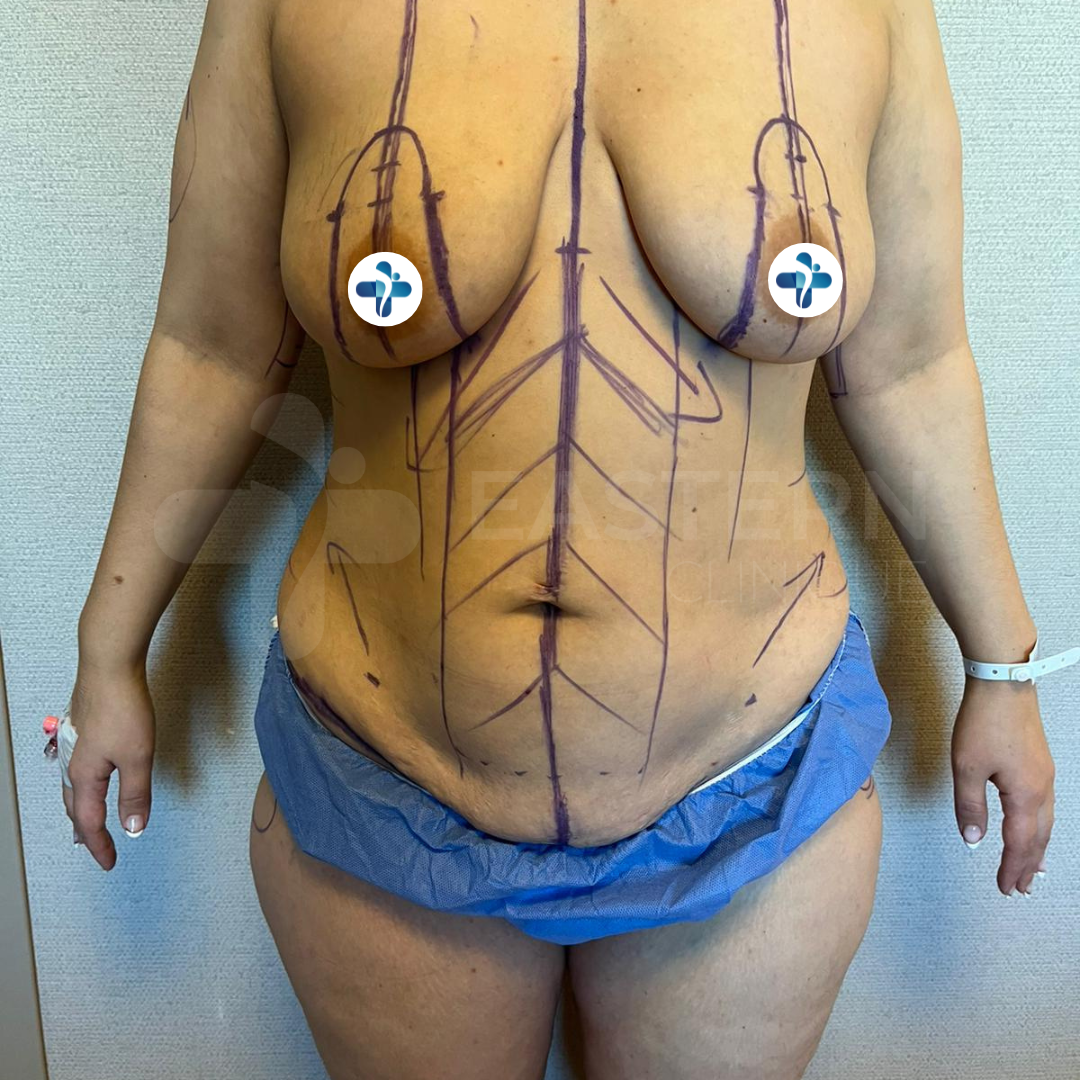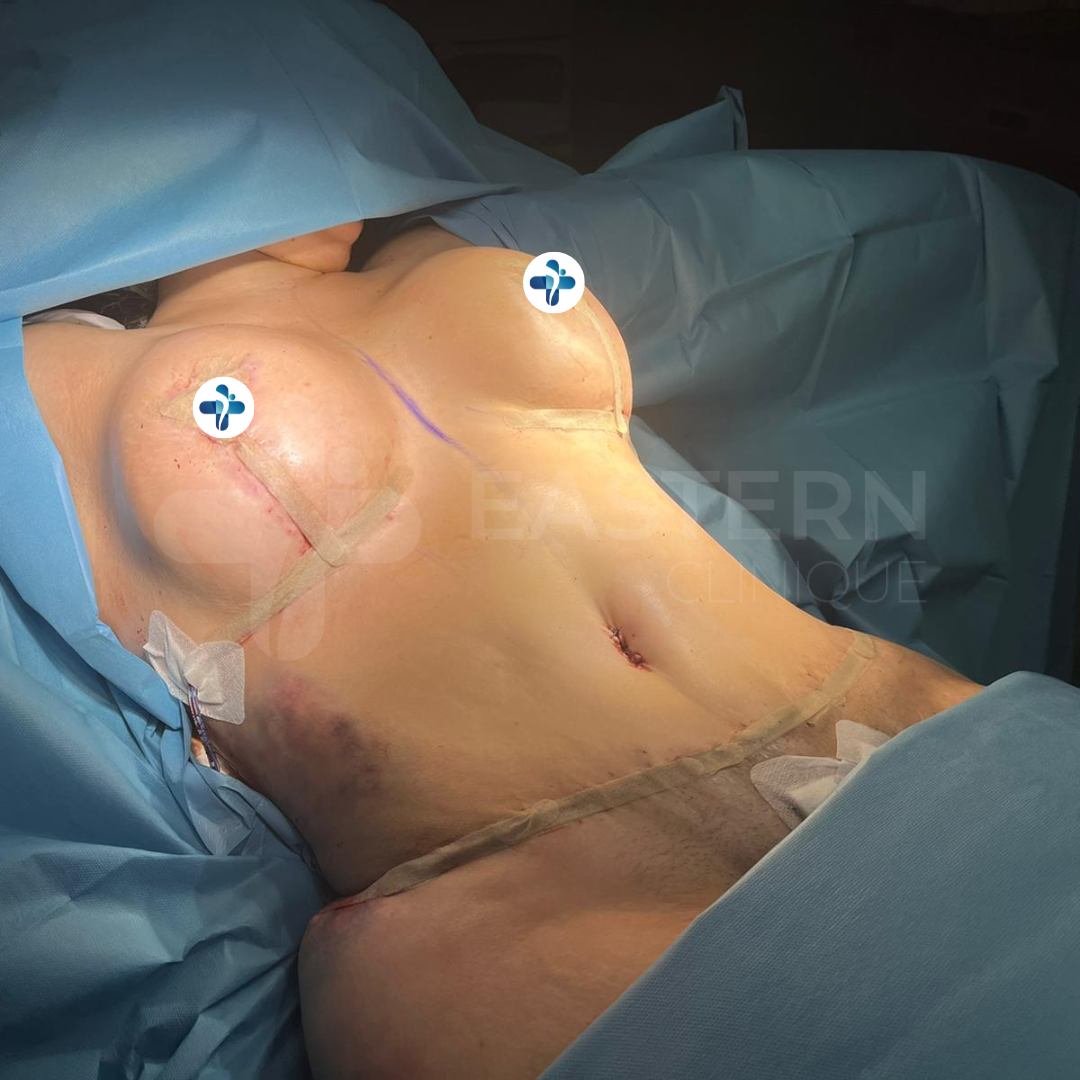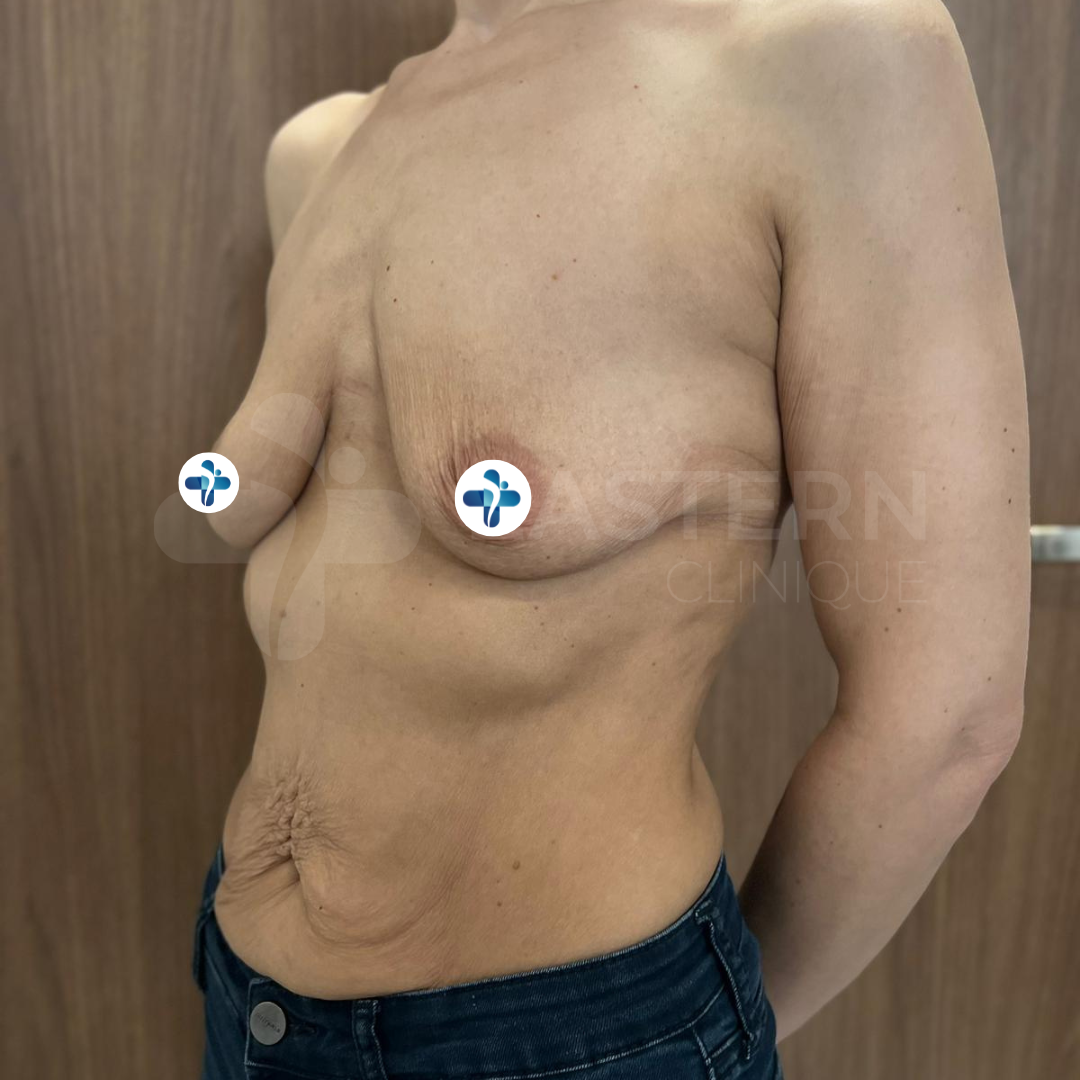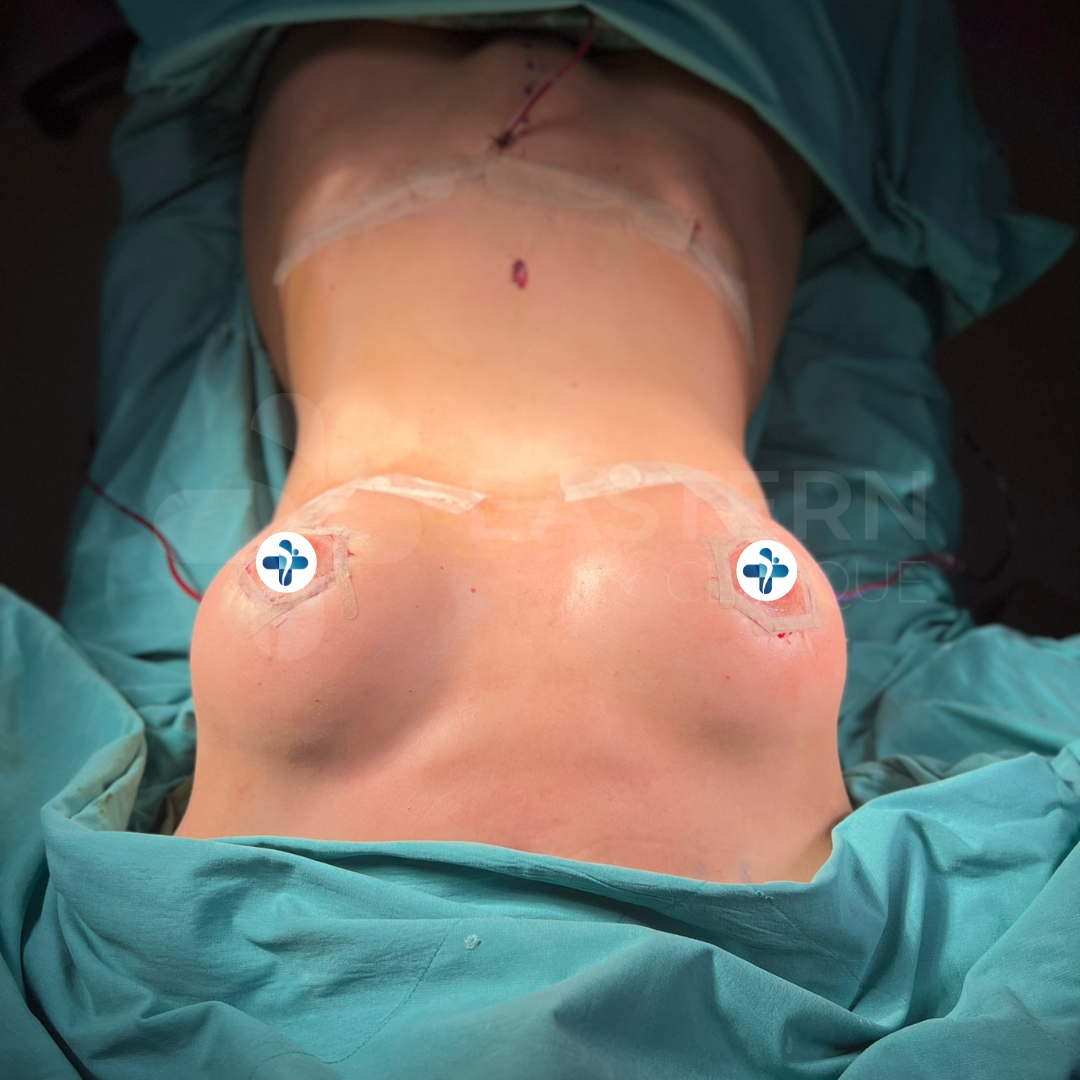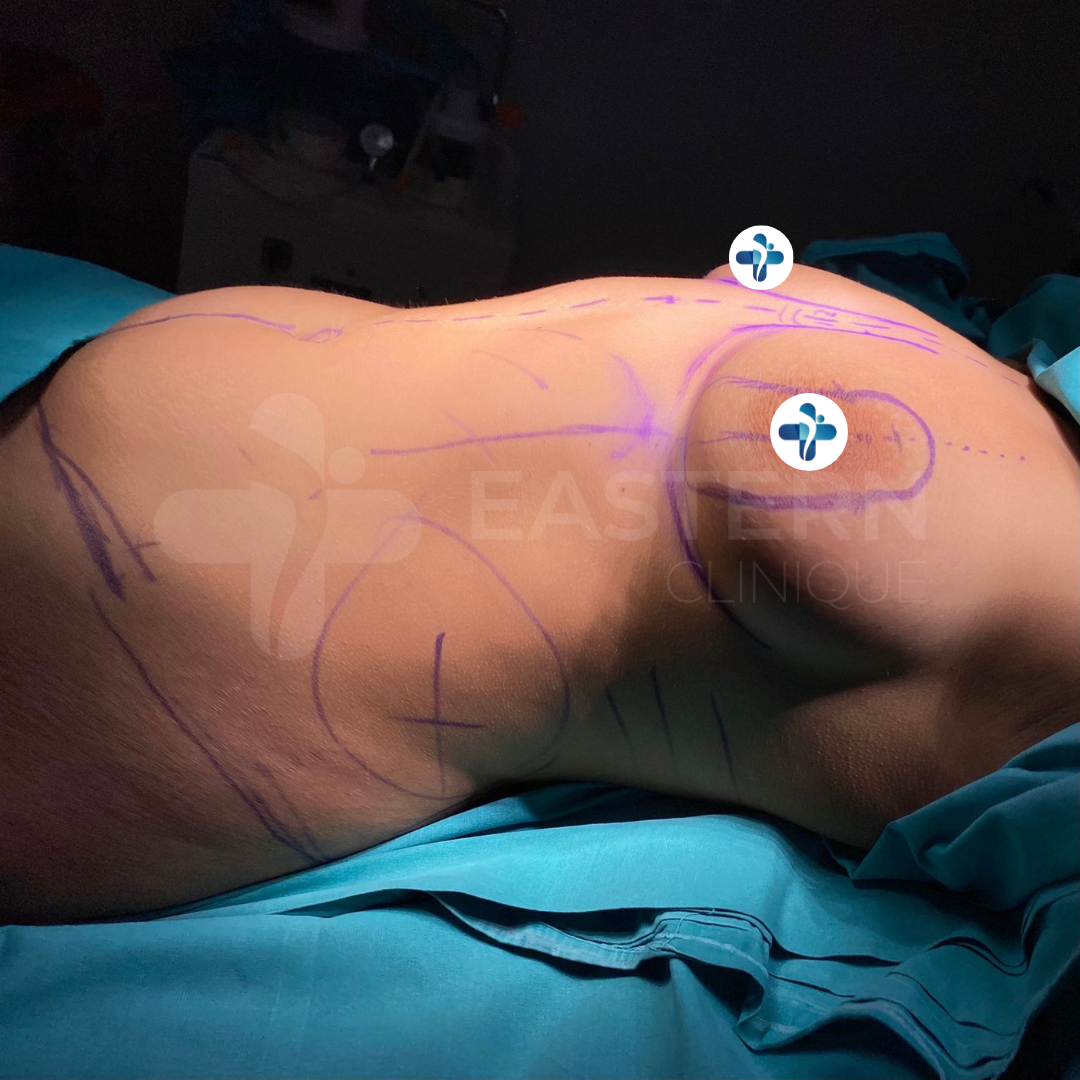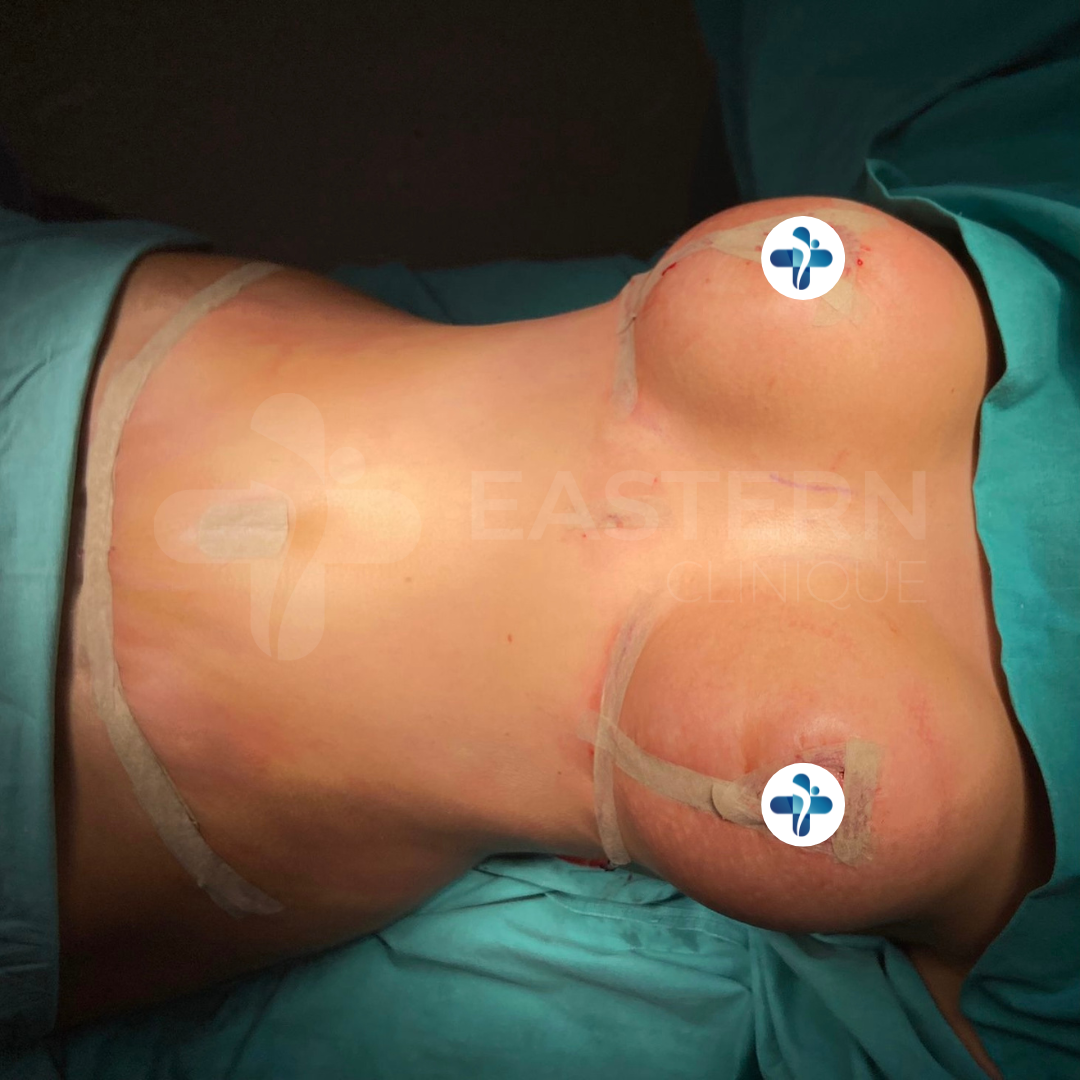Procedures
Tummy Tuck

General Anesthesia
1-3 Hours
1 Night
General Anesthesia
Anesthesia
Procedure Time
1-5 Hours
Overnight Stay
1 Night
Return To Work
3-7 Days
Tummy tuck is one of the most popular and common cosmetic surgery. The procedure is performed to achieve a firm and flat abdomen. Because of factors such as an intensive diet, aging or after pregnancy, the abdominal wall can become flaccid and wrinkled. Not only people who doesn’t like their appearance but also who suffer psychologically from these reasons undergo this surgery. With operative abdominoplasty, fat and excess skin can be removed and a flat and tight abdomen can be obtained.
Why and to Whom is Tummy Tuck (Abdominoplasty) Performed?
The causes of a flaccid abdomen can be varied. What they all have in common is that they can’t lead to a satisfactory result with diets, regular exercise or superficial cosmetic treatment. A weak abdomen can cause sagging of the abdominal wall after pregnancy, diets and skin aging.
Risks and Complications
To perform tummy tuck operation your state of health should be good and stable. Before and after the procedure the body weight should remain approximately stable. Female patients who are considering surgery should be sure that they do not want to become pregnant anymore.
Pre-consultation before the Tummy Tuck (Abdominoplasty)
Before the operation you will be examined by our surgical staff: They will check suitability of your health for the procedure, determine the cause and extent of the flaccid abdomen. Before having your abdominoplasty; abstaining from nicotine, abstaining from aspirin, anti-inflammatory drugs and herbal supplements, taking specific medications or adjusting your current medication can be asked.
After Tummy Tuck (Abdominoplasty)
After the operation, swelling often occurs but disappears within a few days of the operation without any major development. Wound healing disorders are rather rare and only occur if the operation is performed improperly. After the surgery, compression garments or bandages are placed over the incisions as they heal. Drains might be placed under the skin for any build-up of excess blood or fluids.



